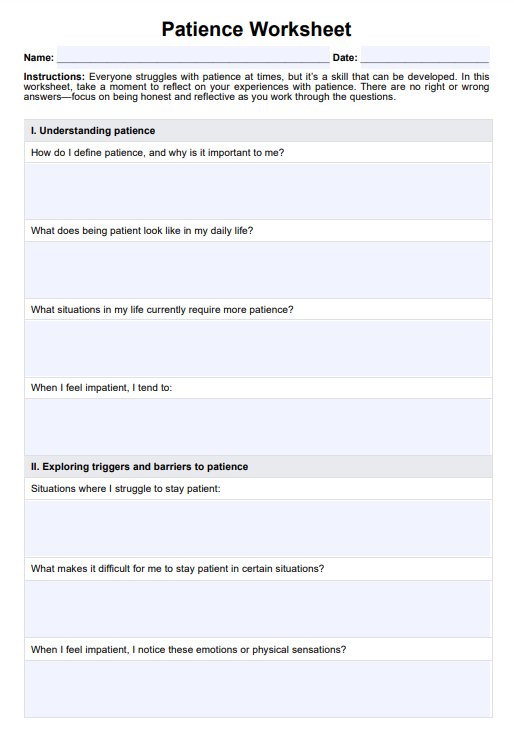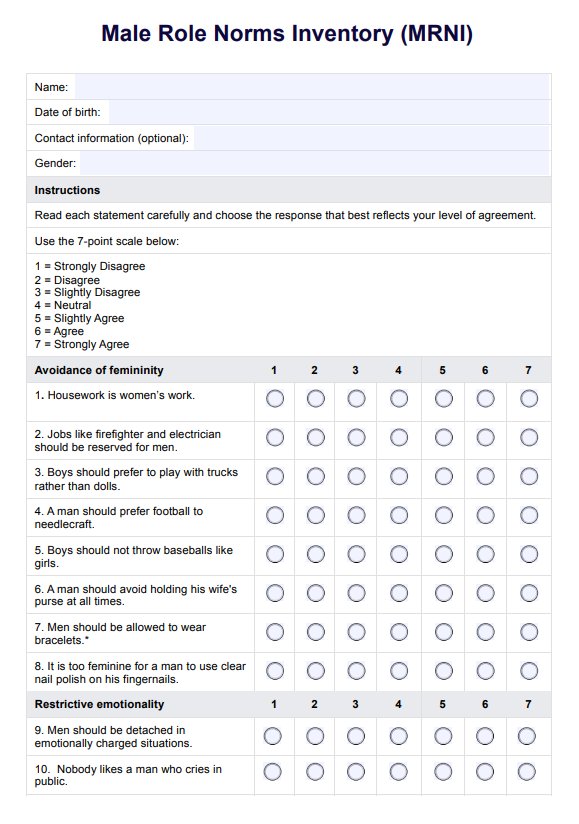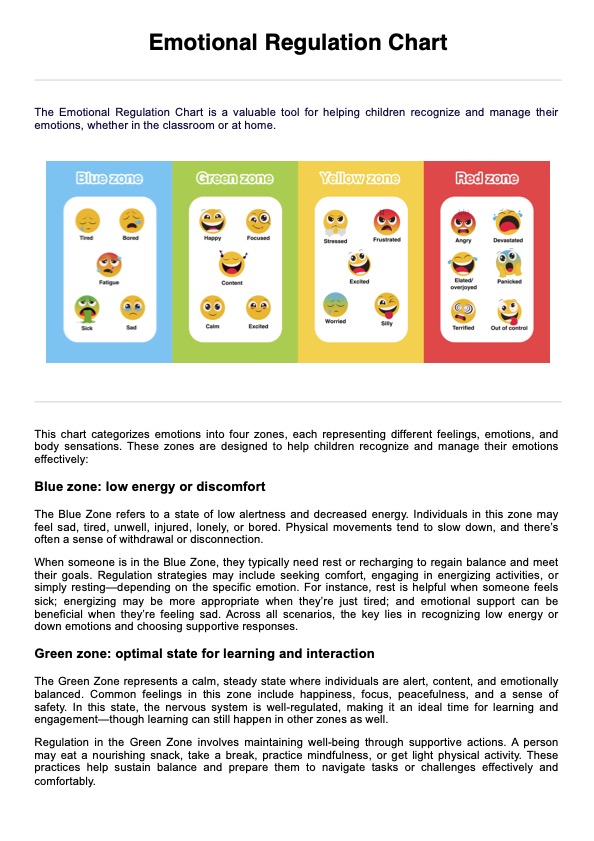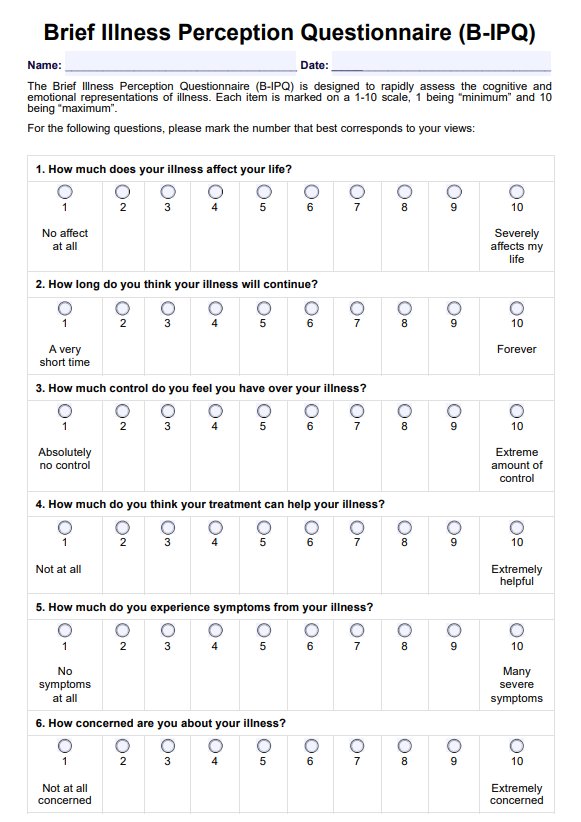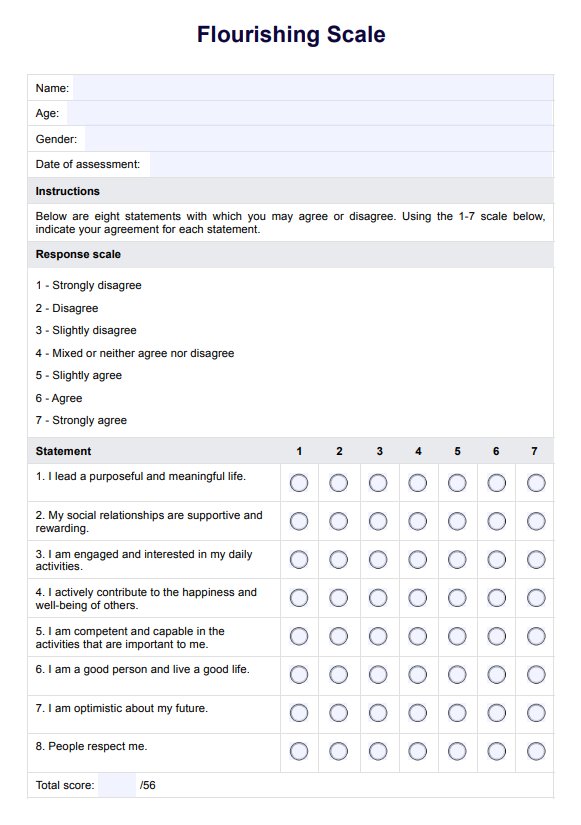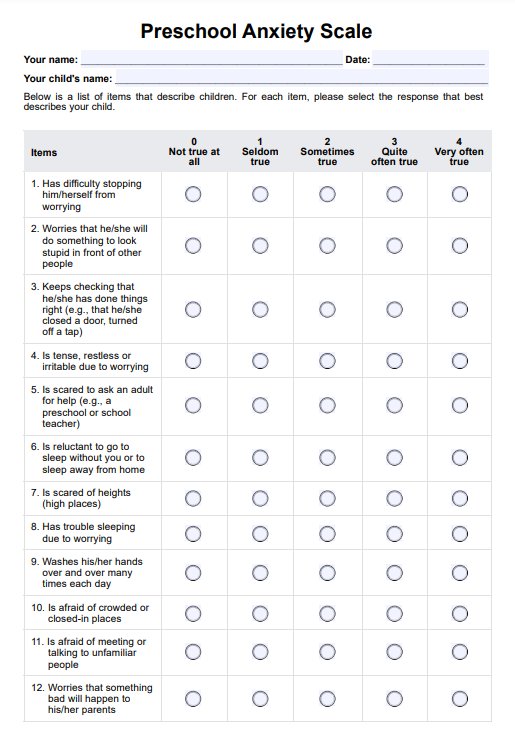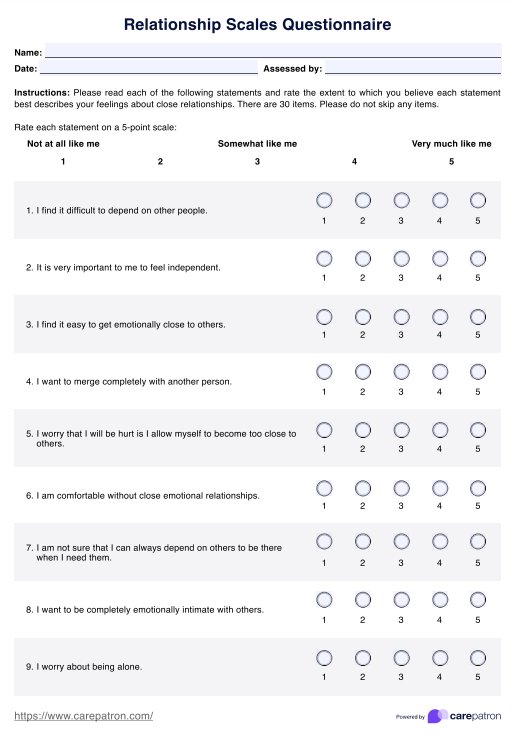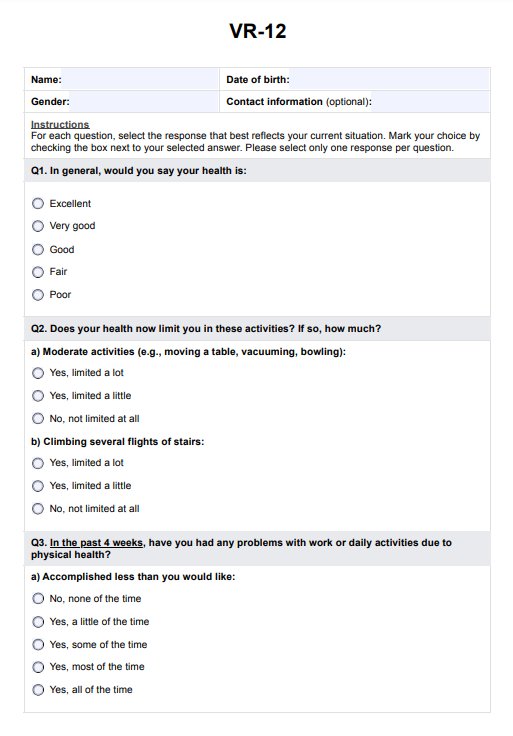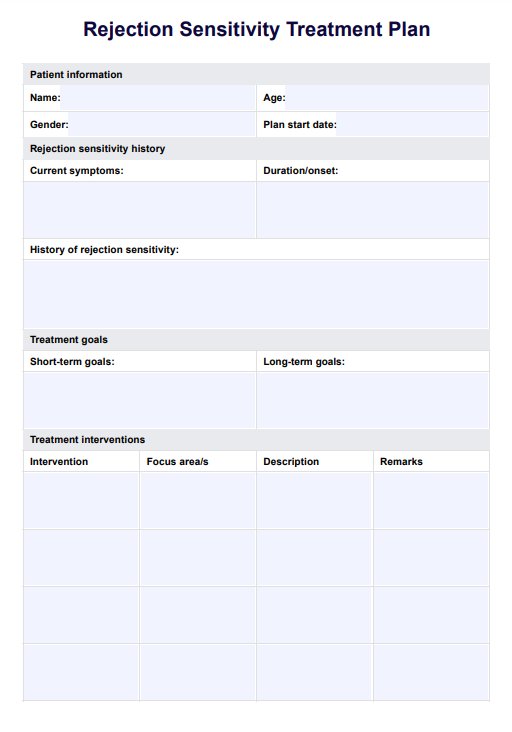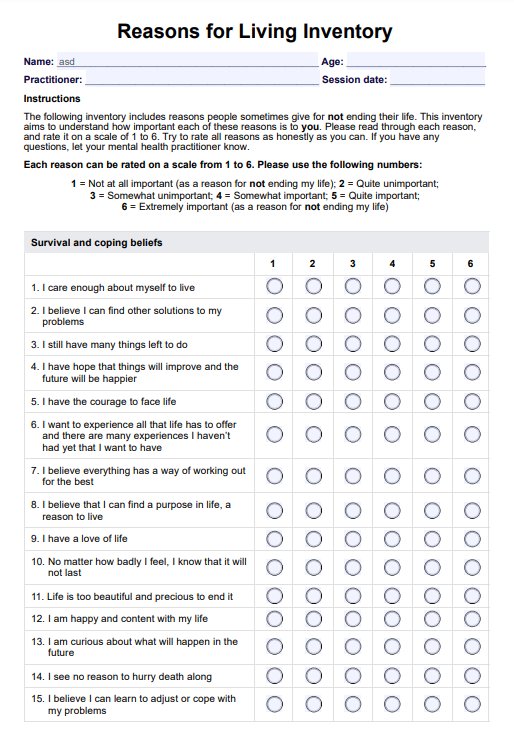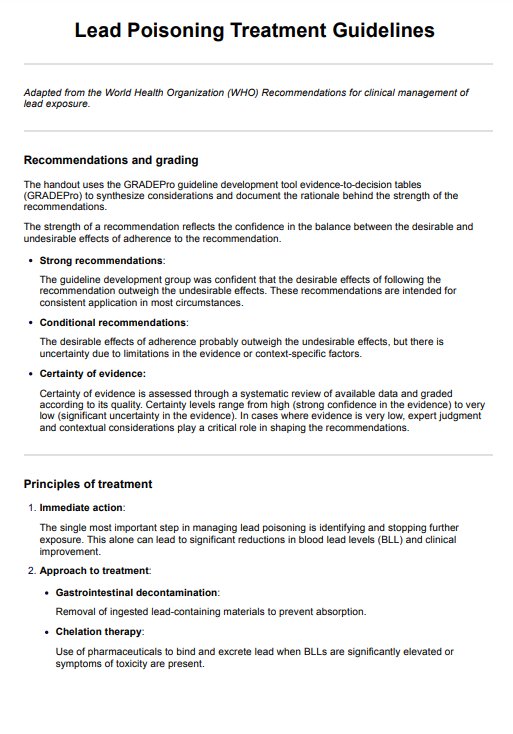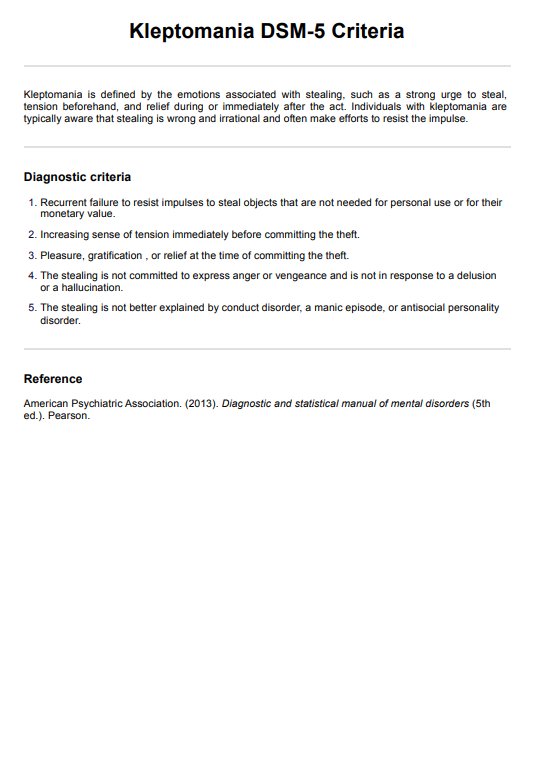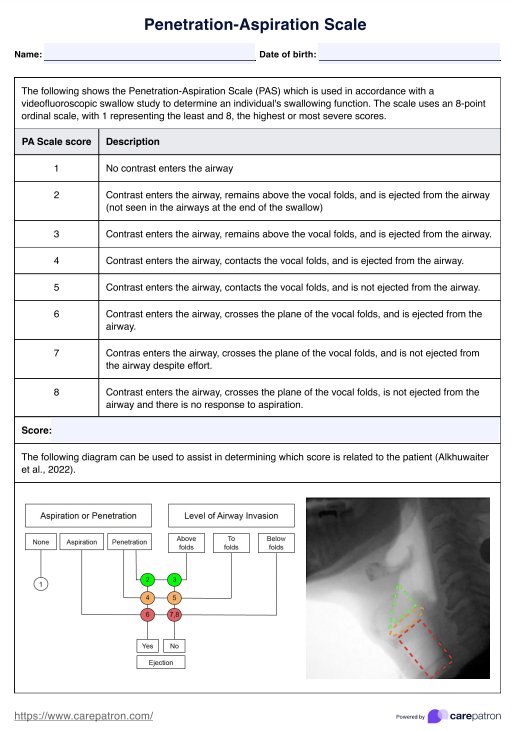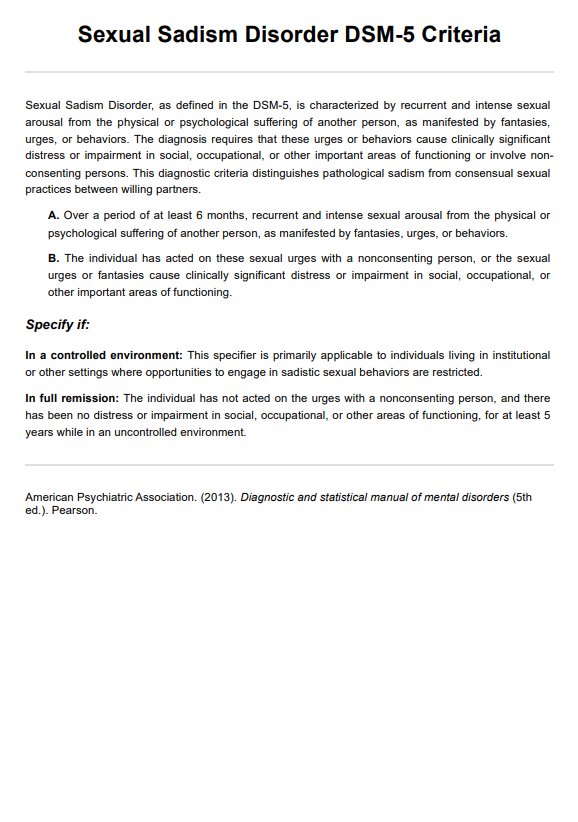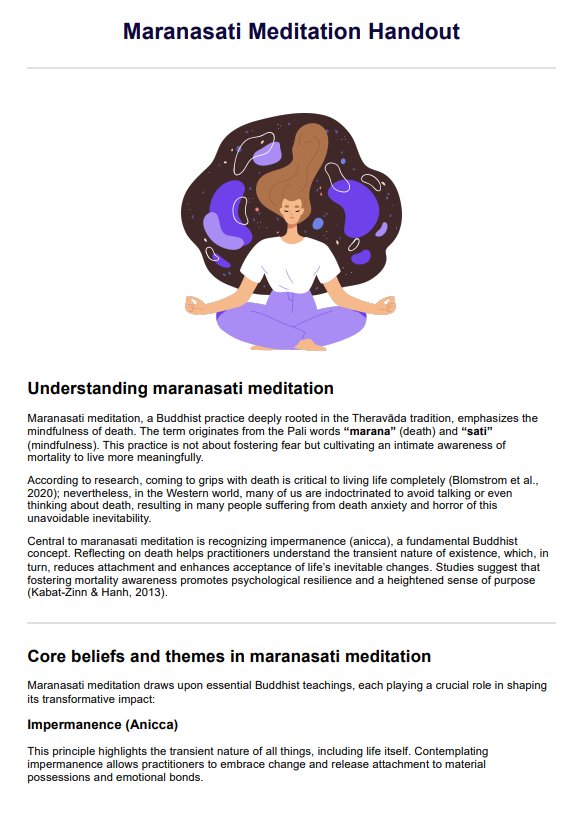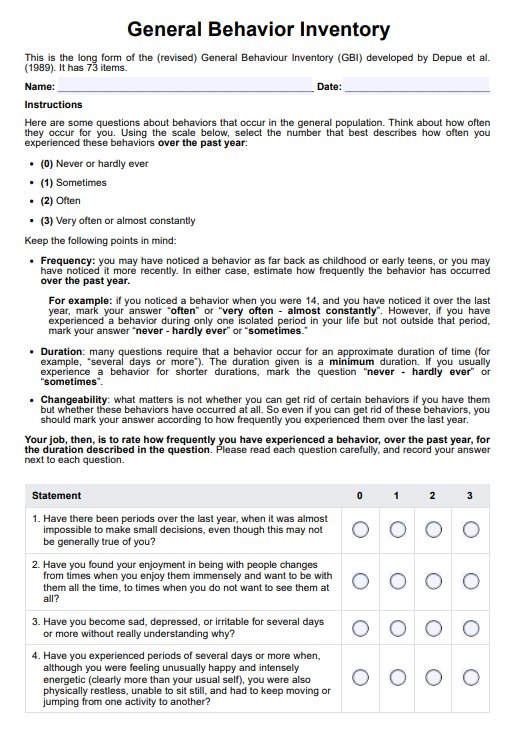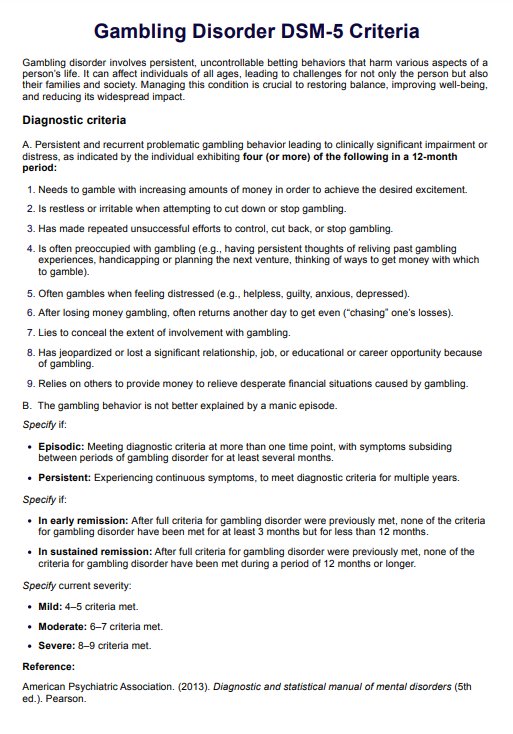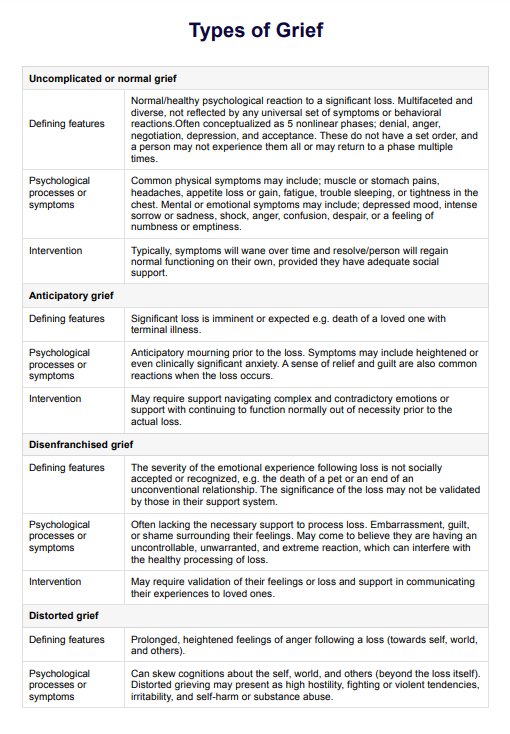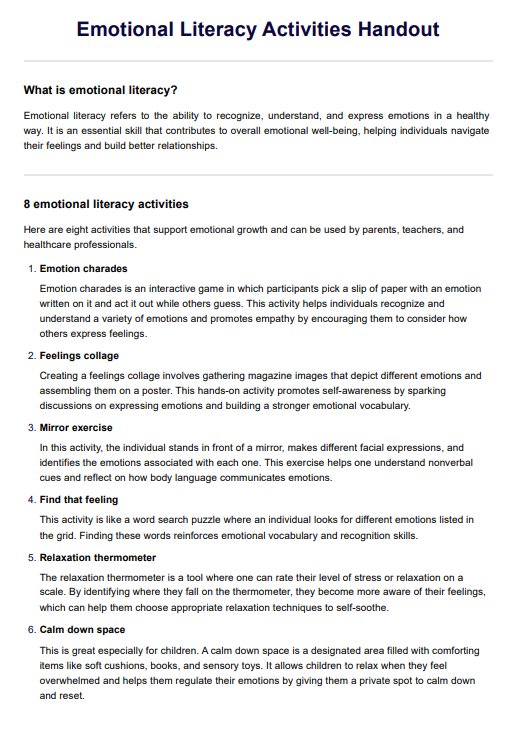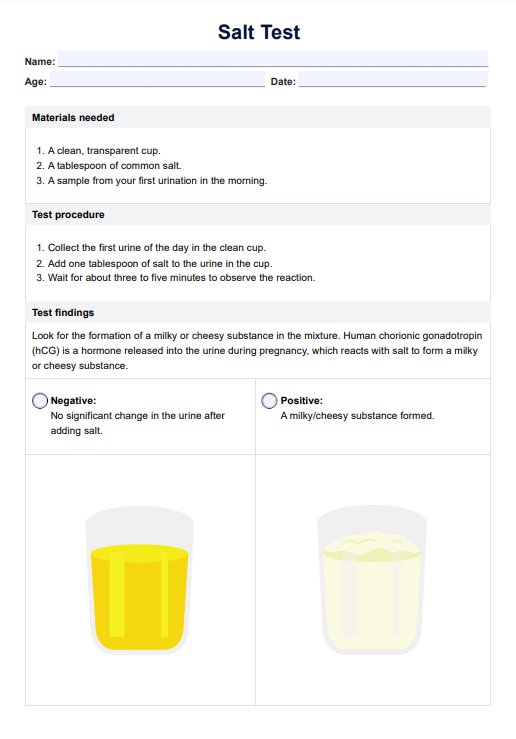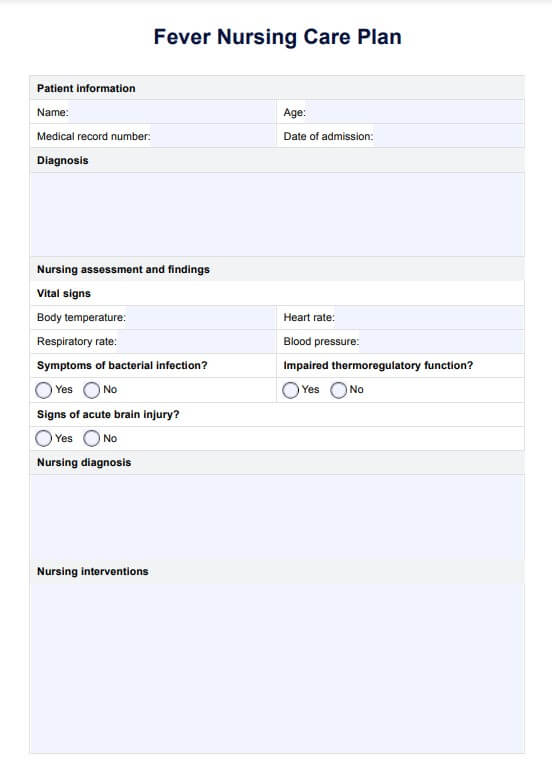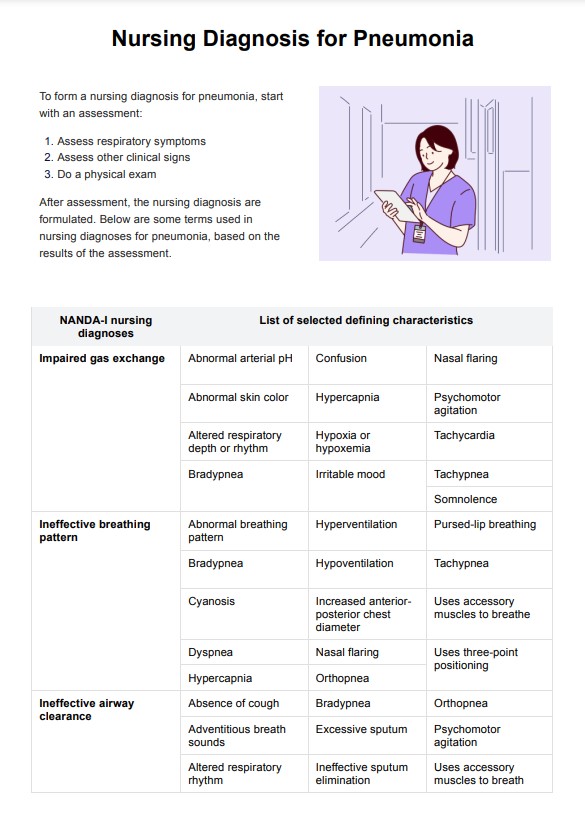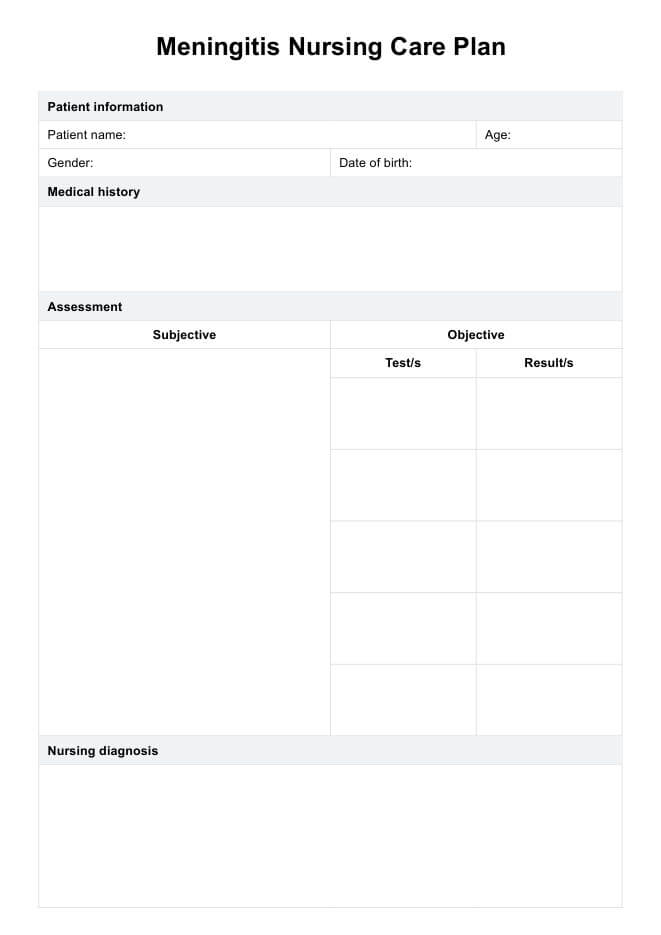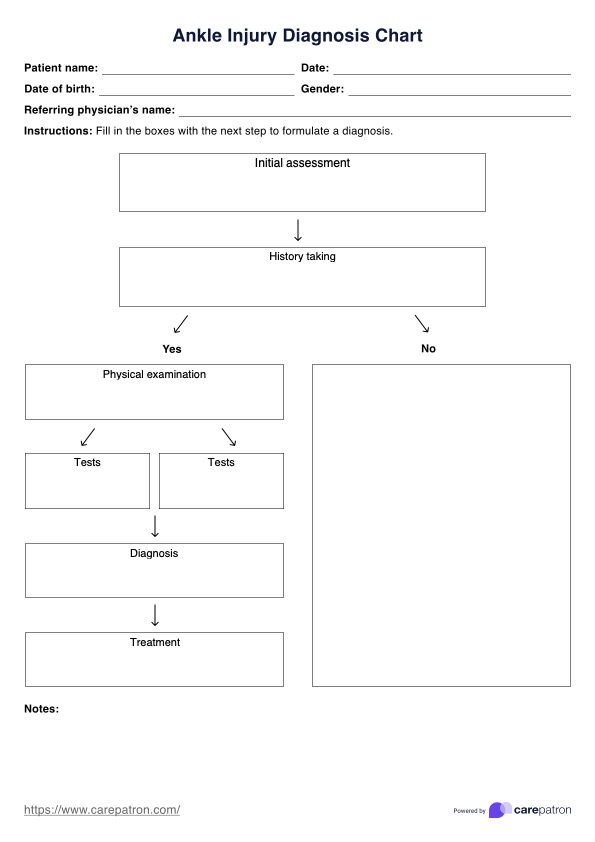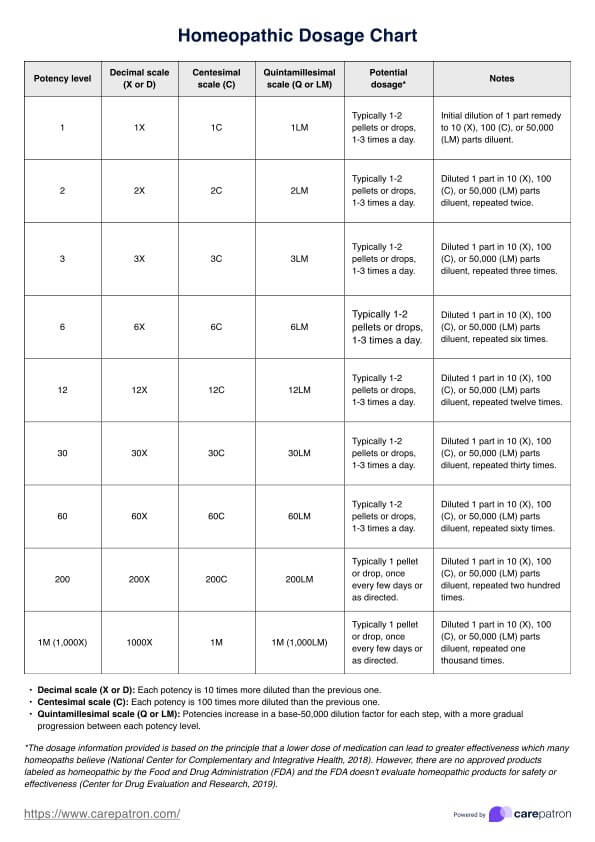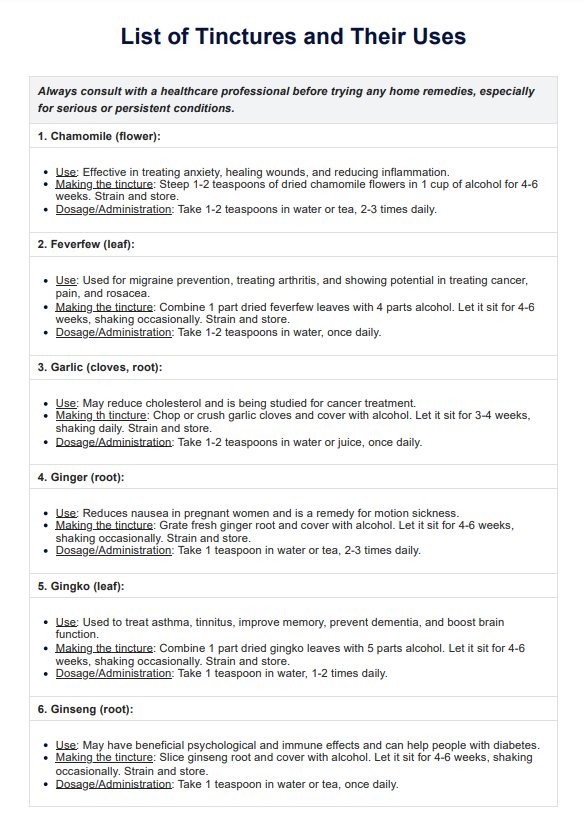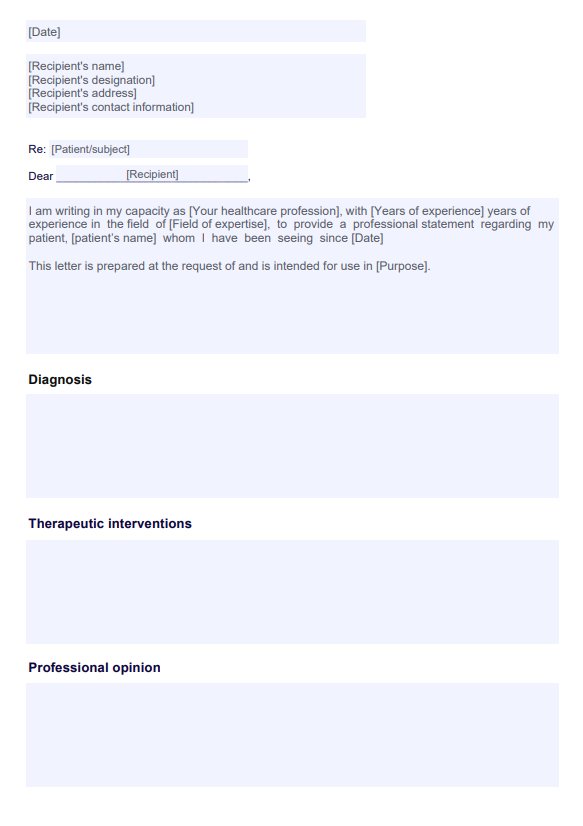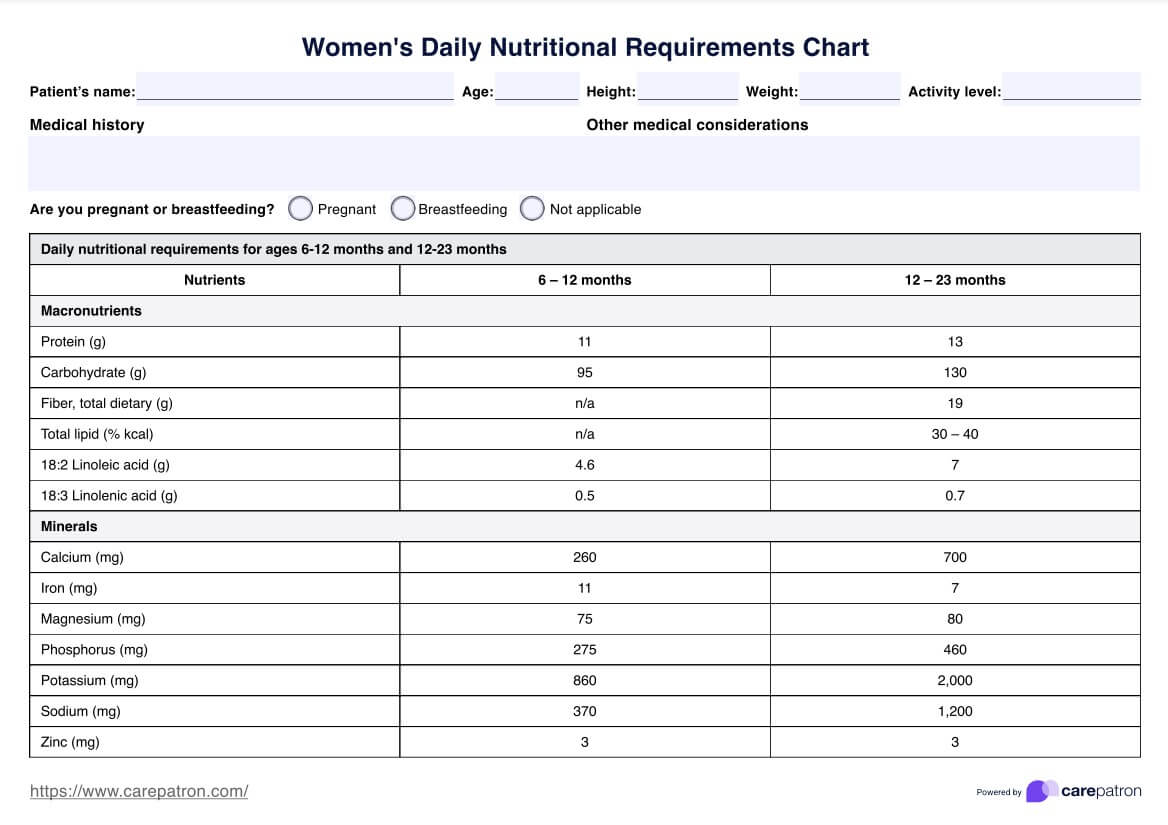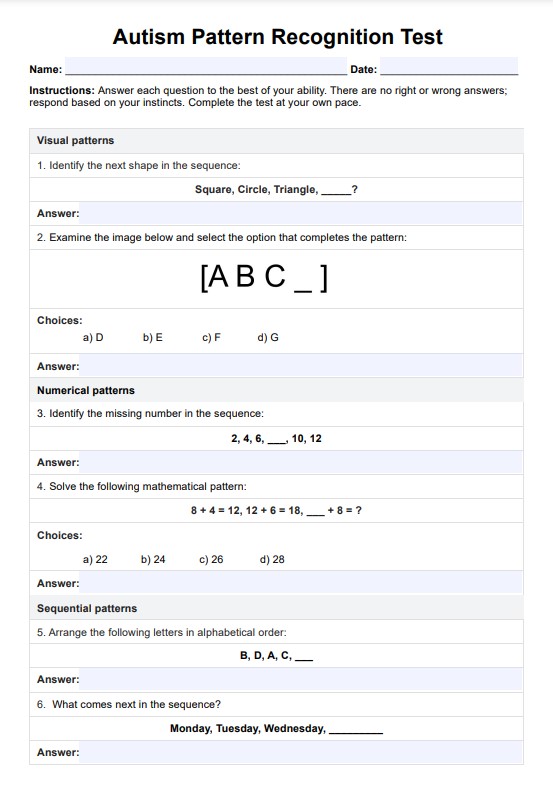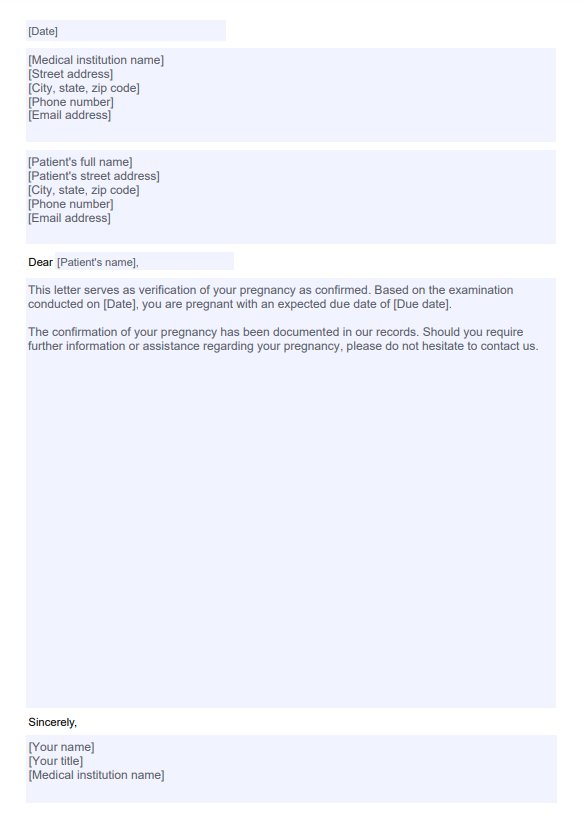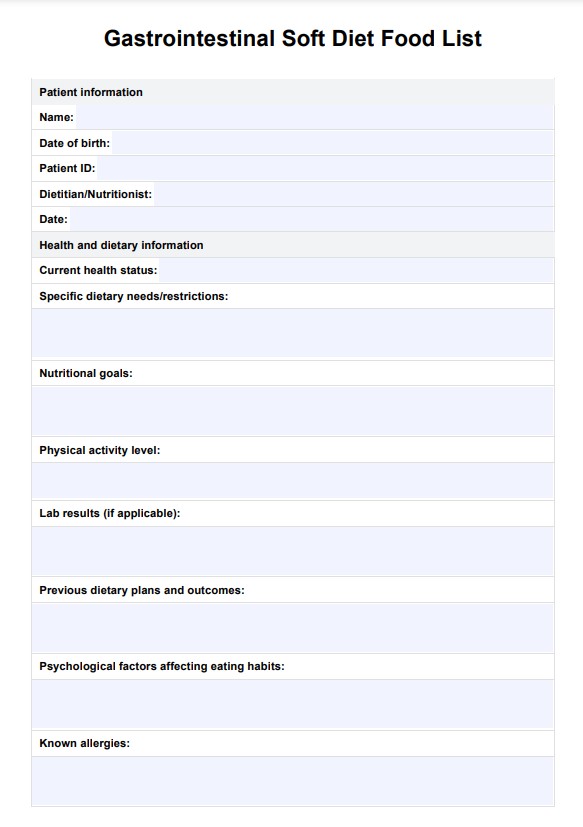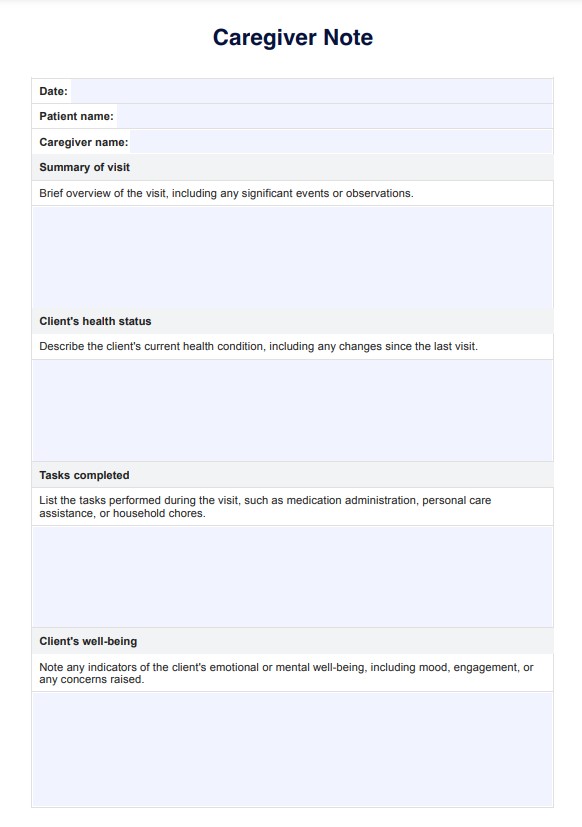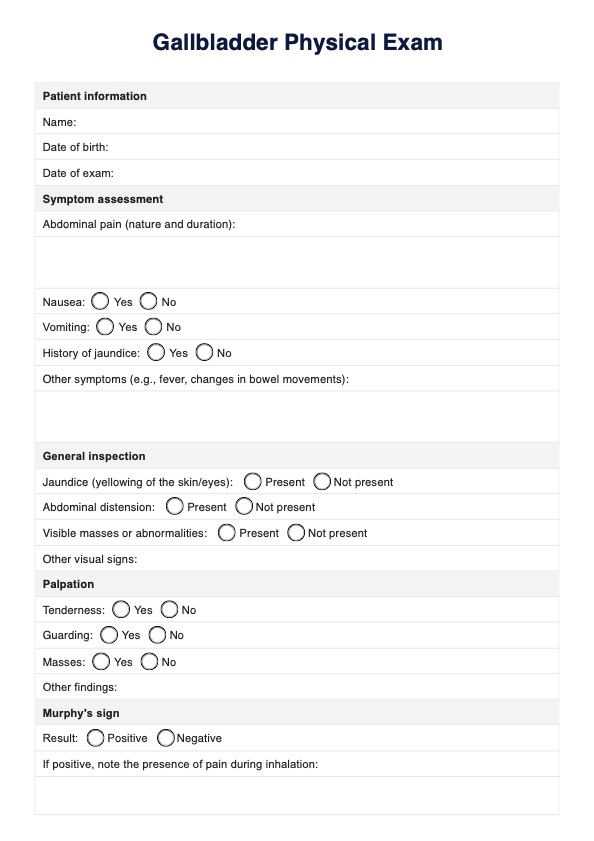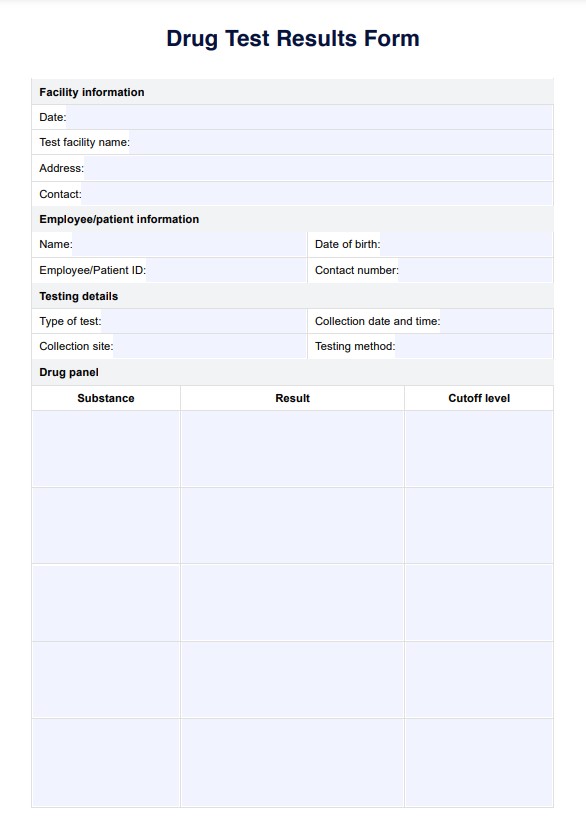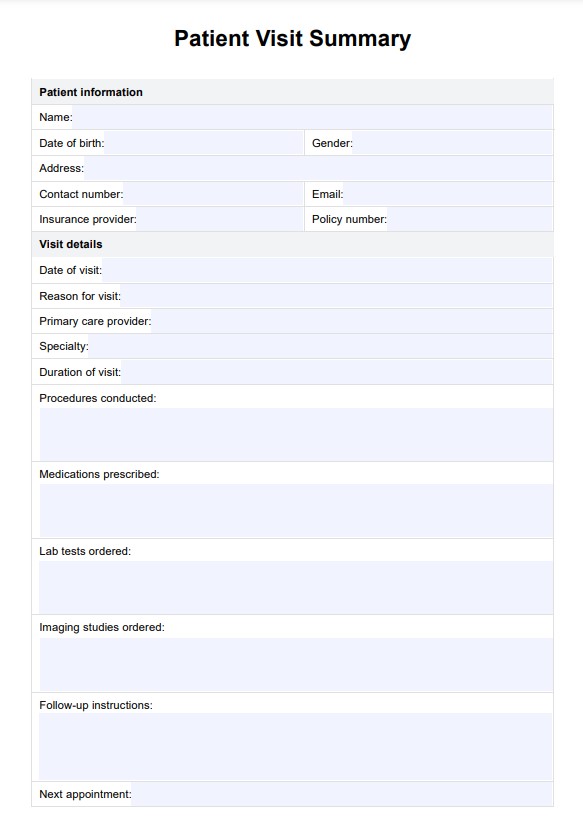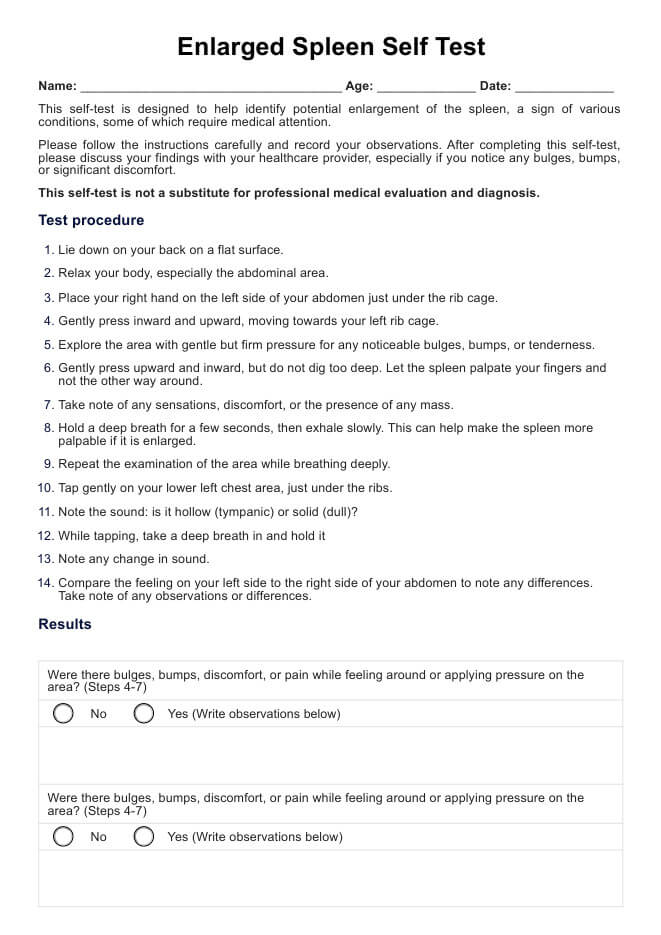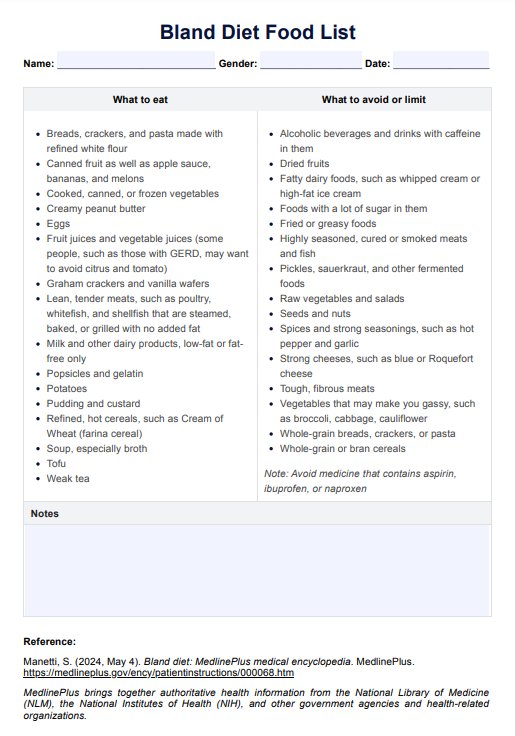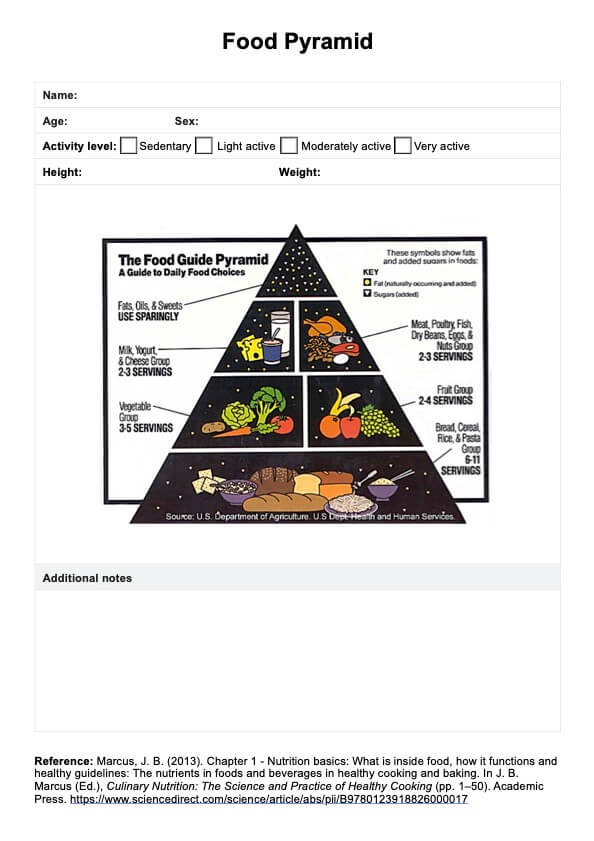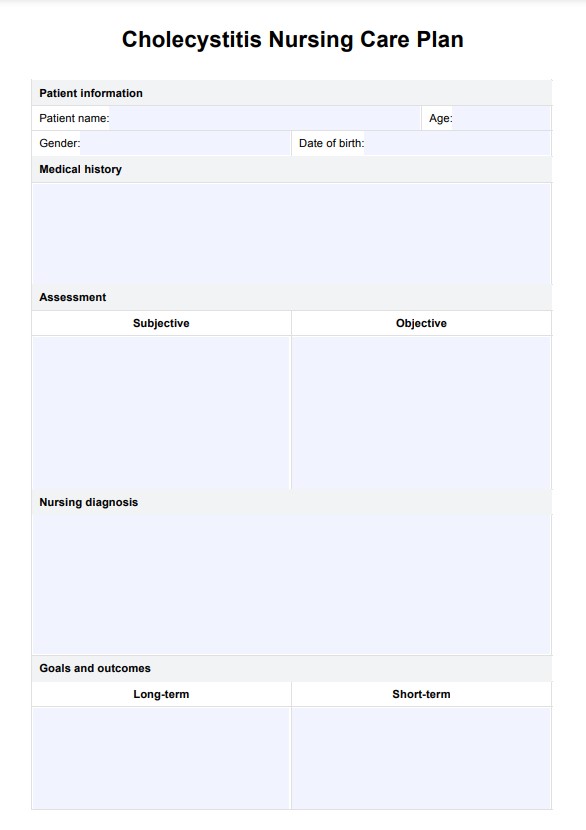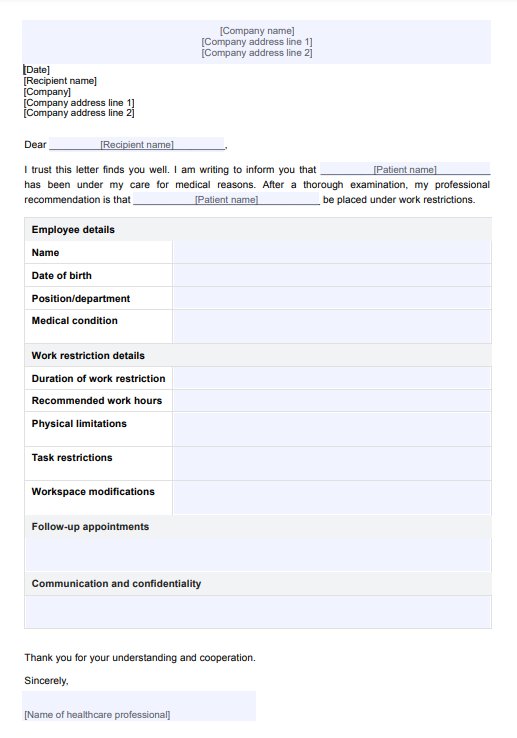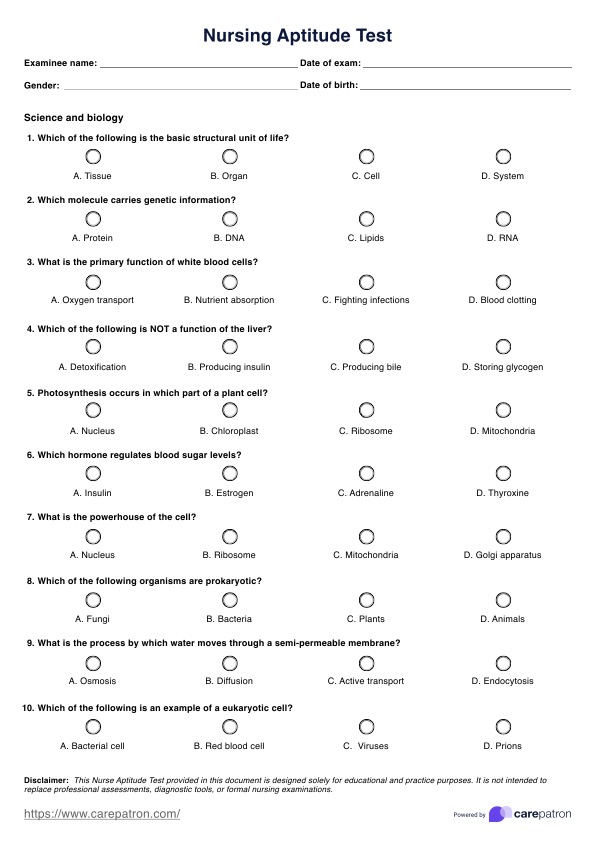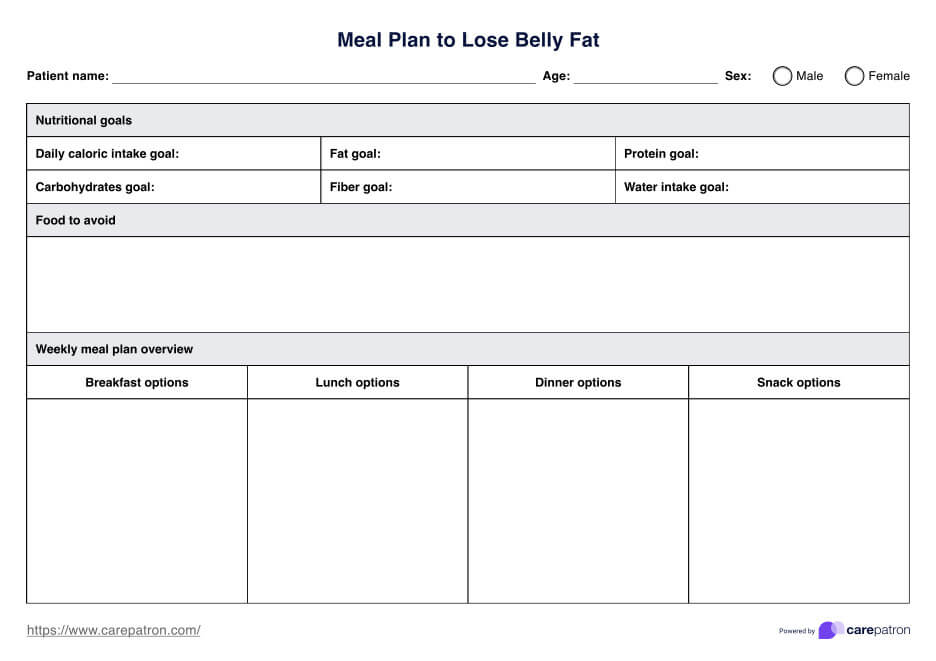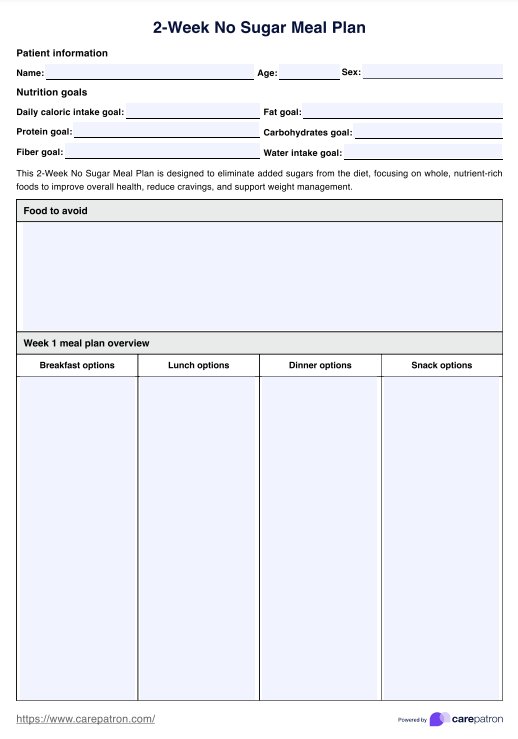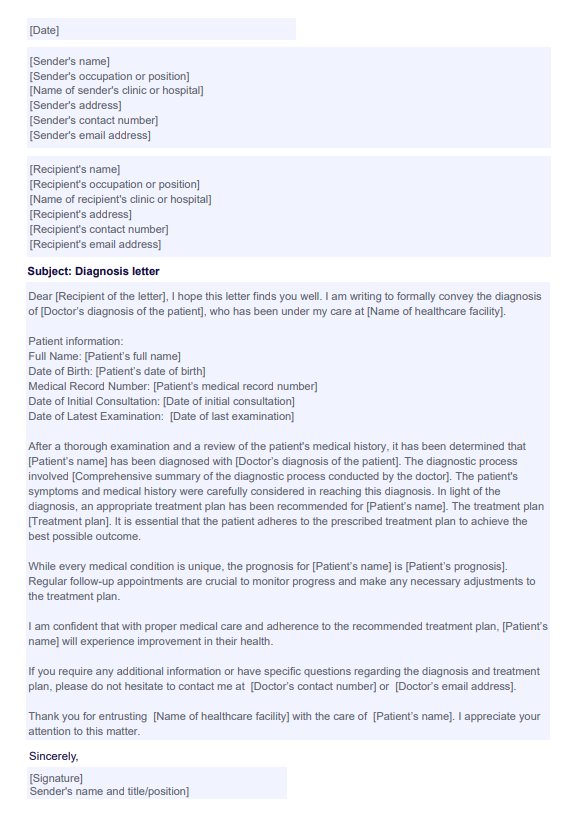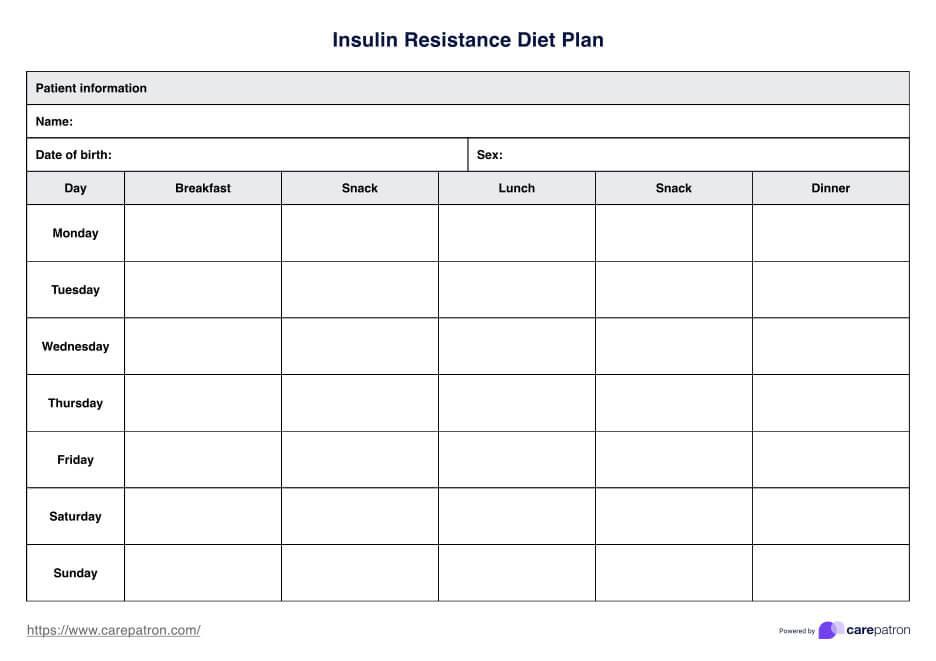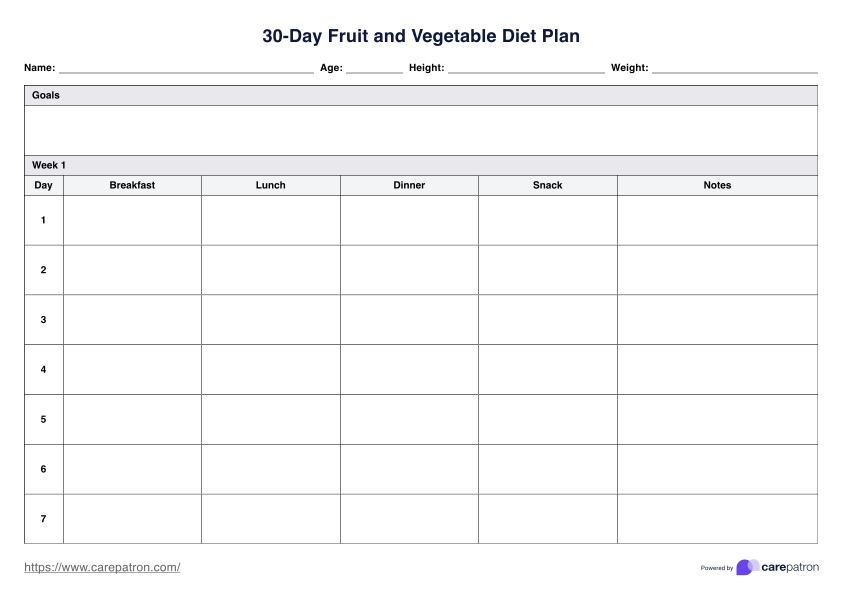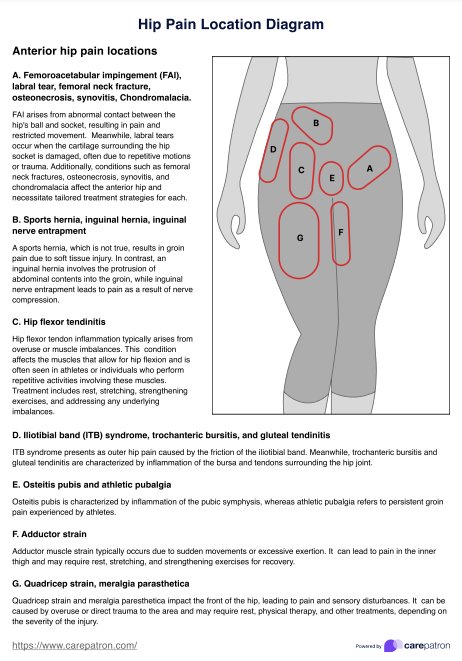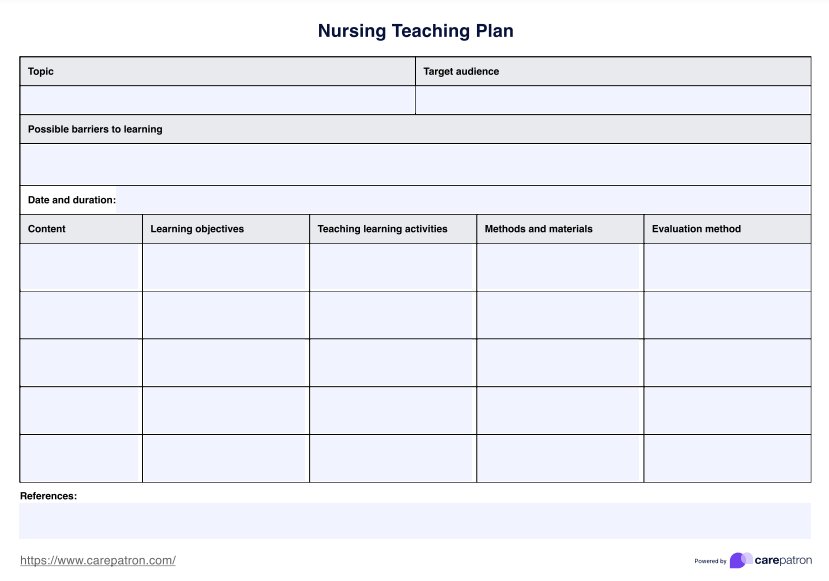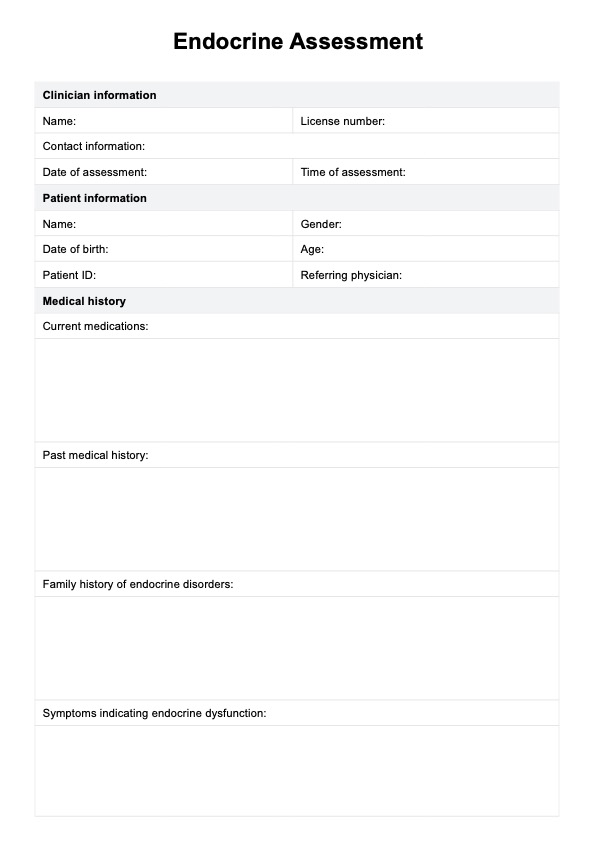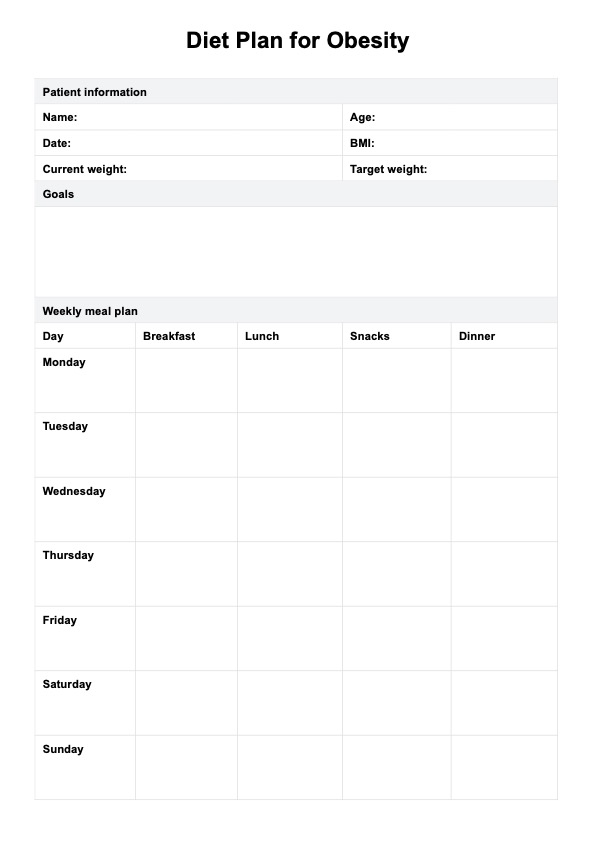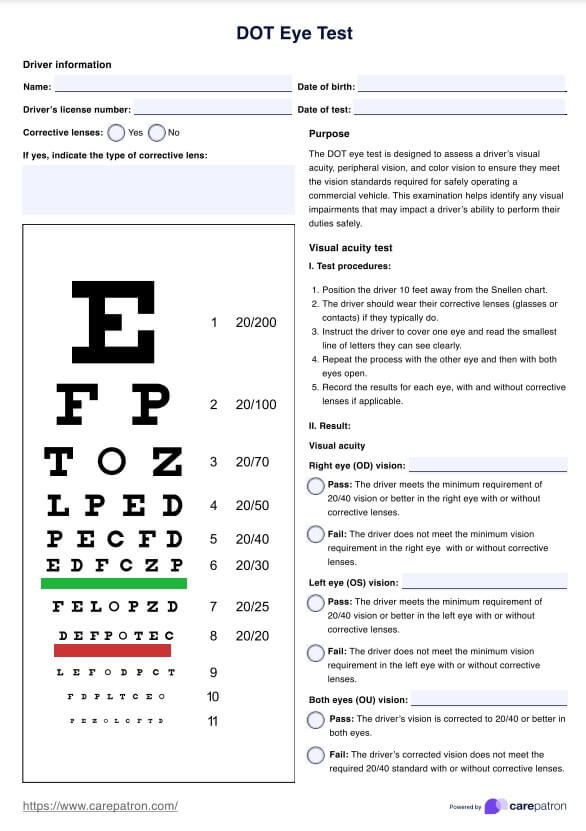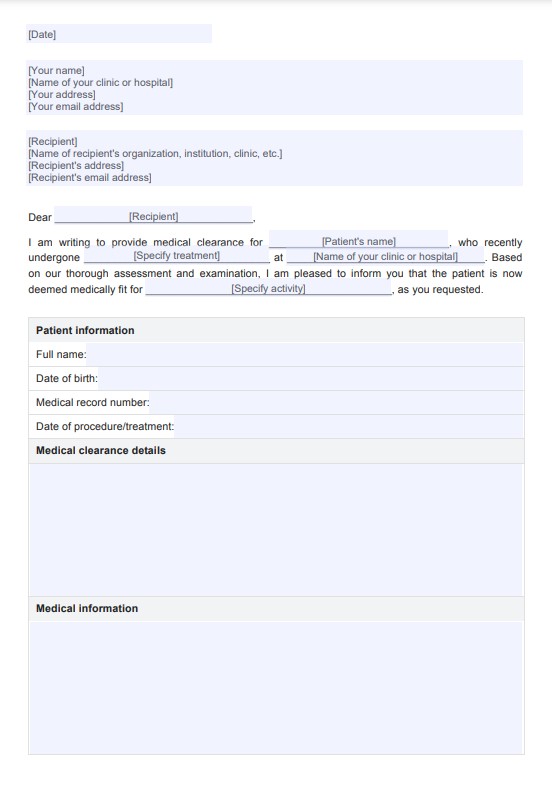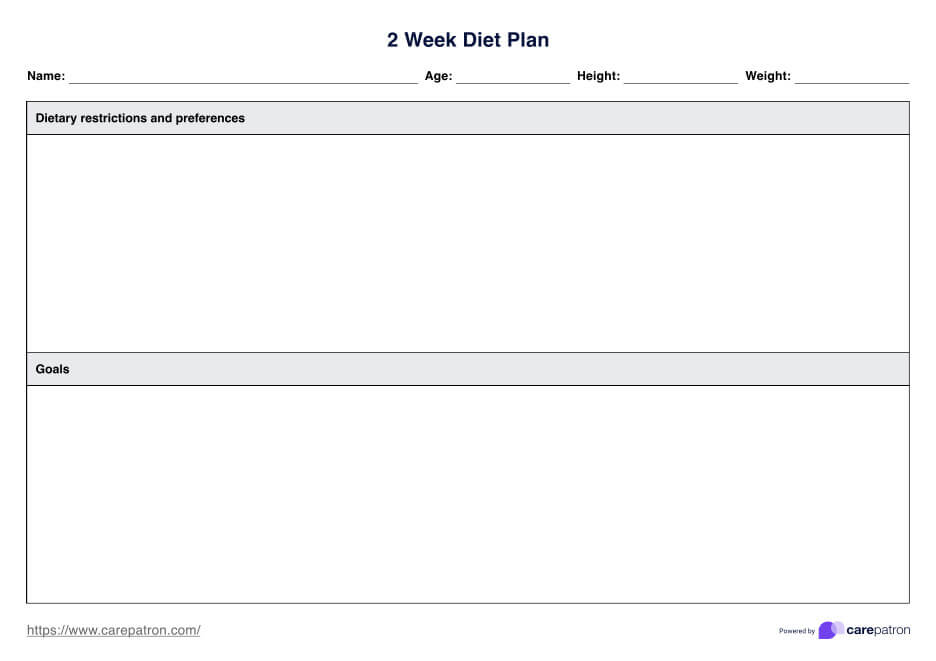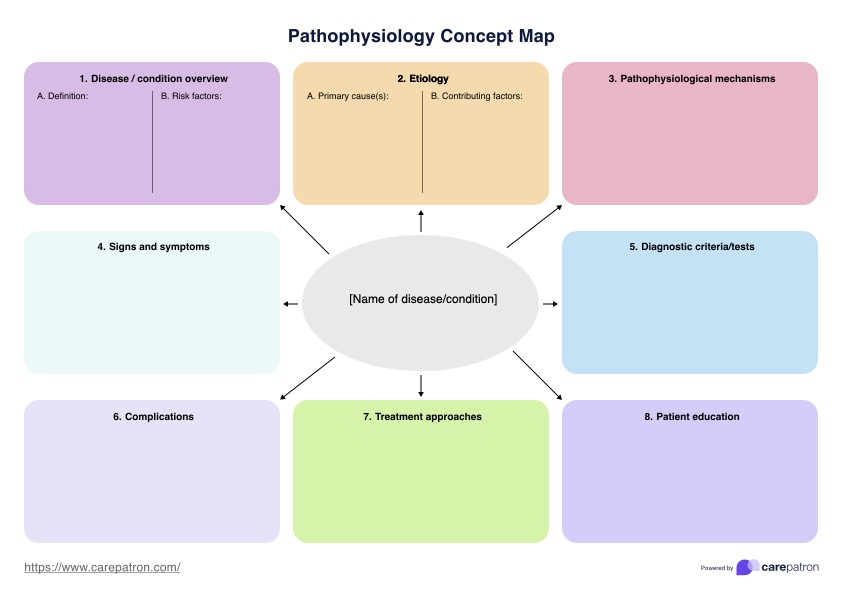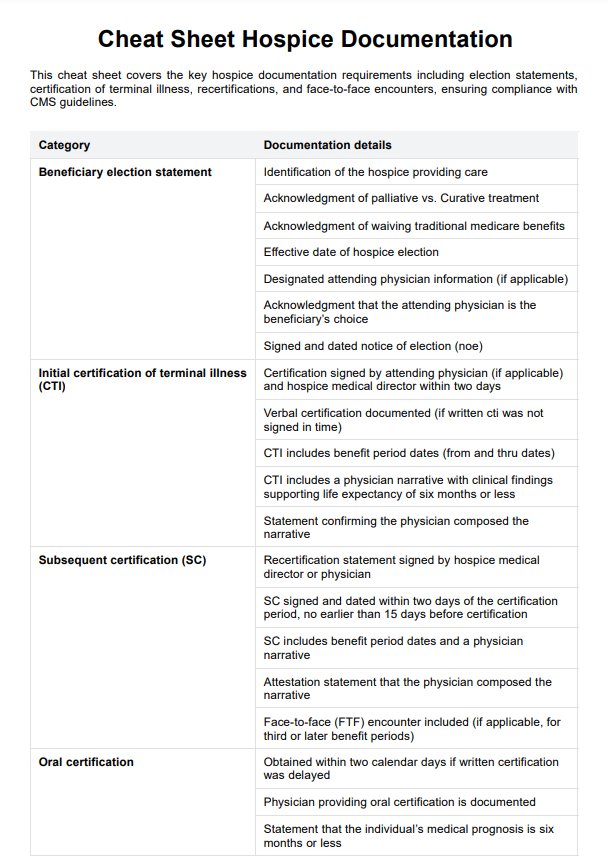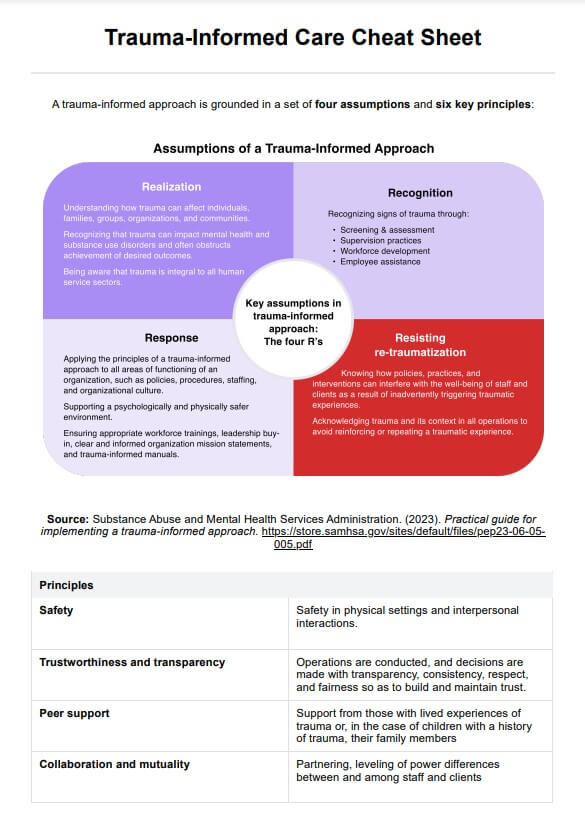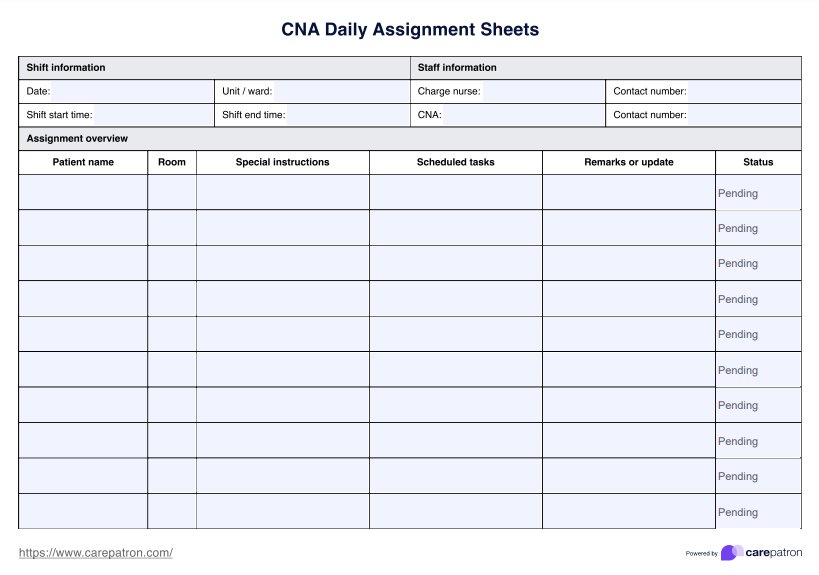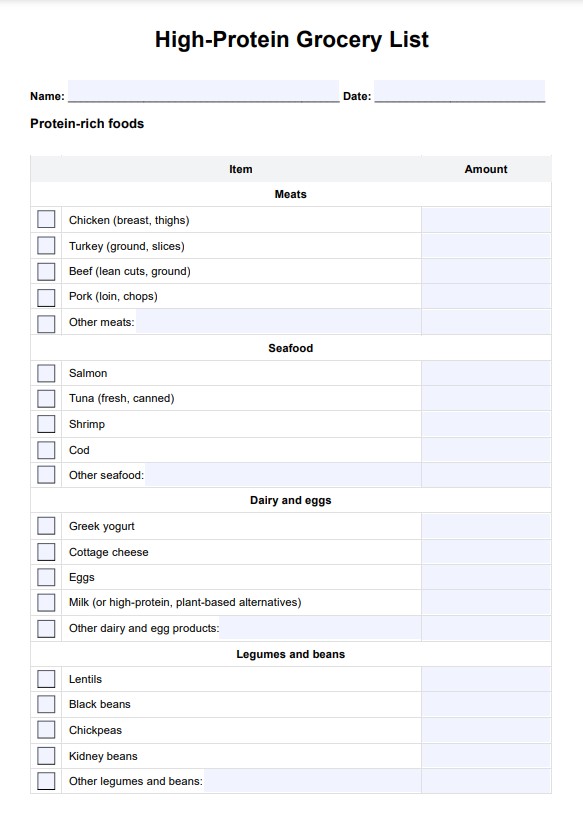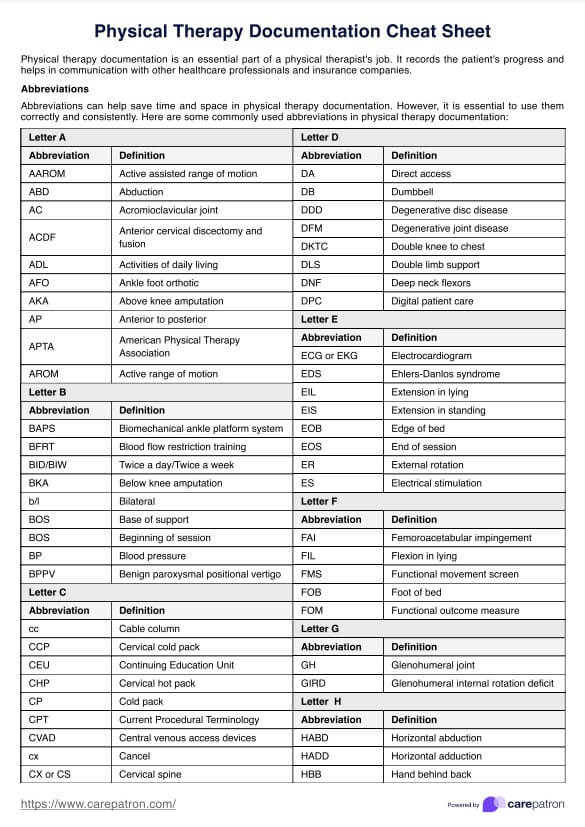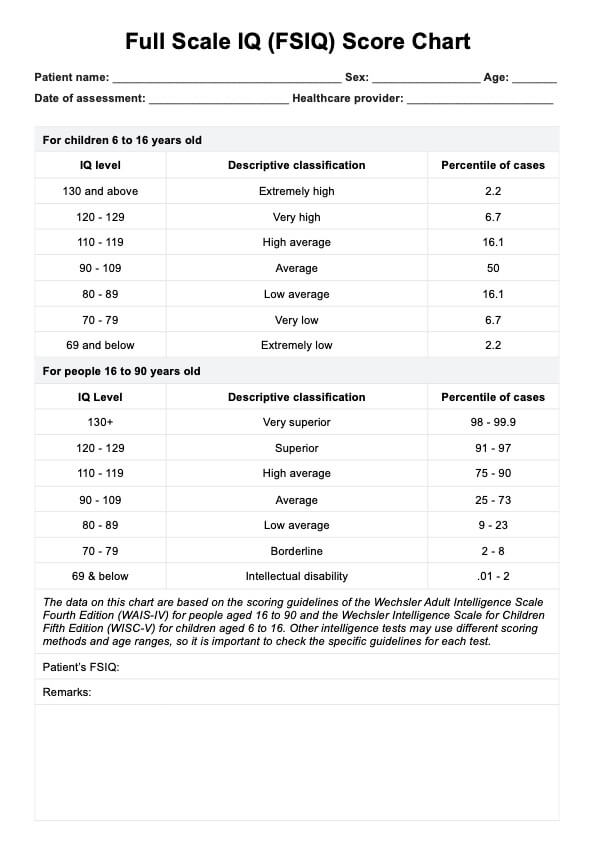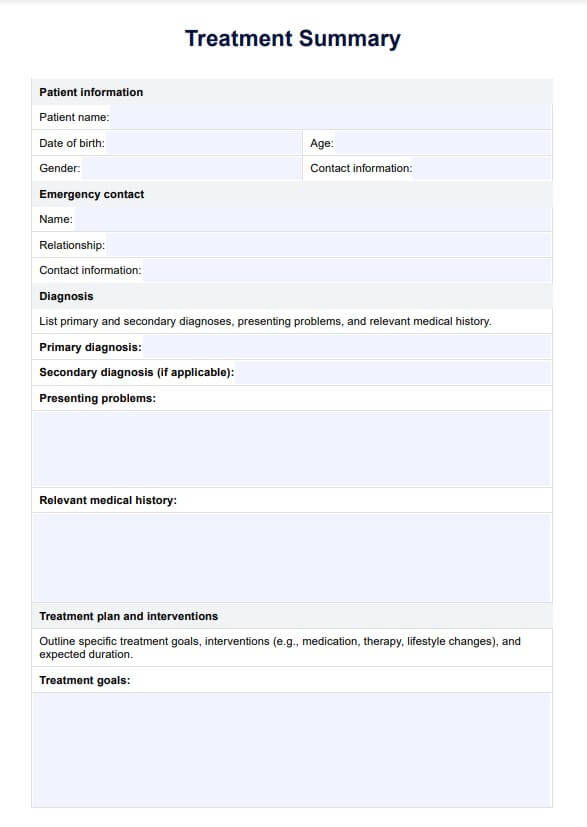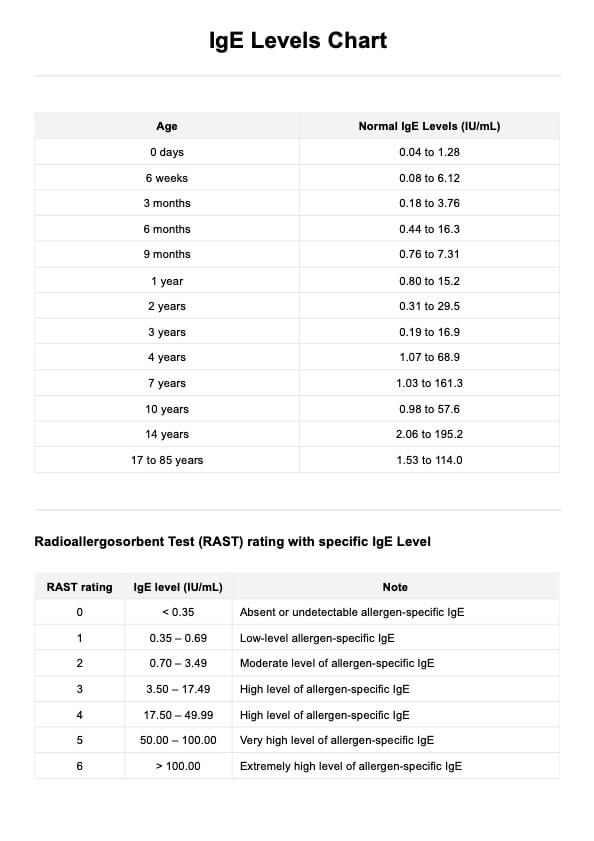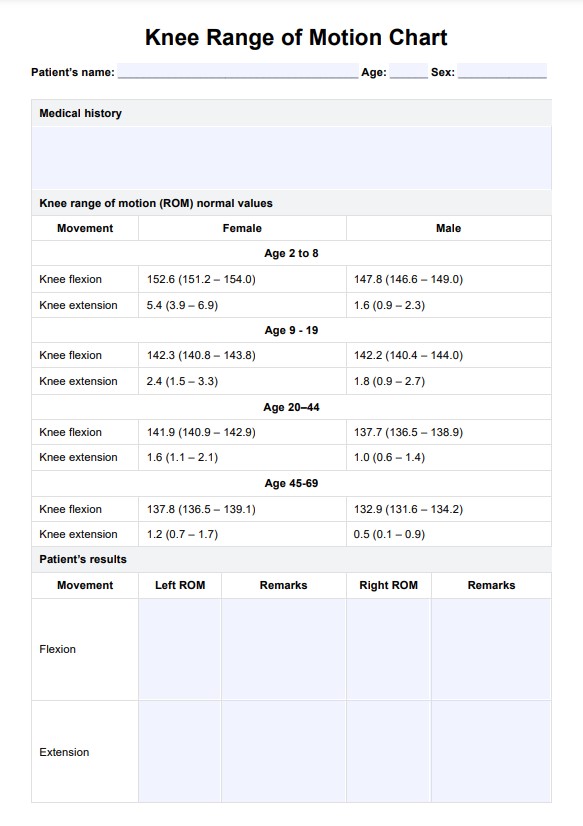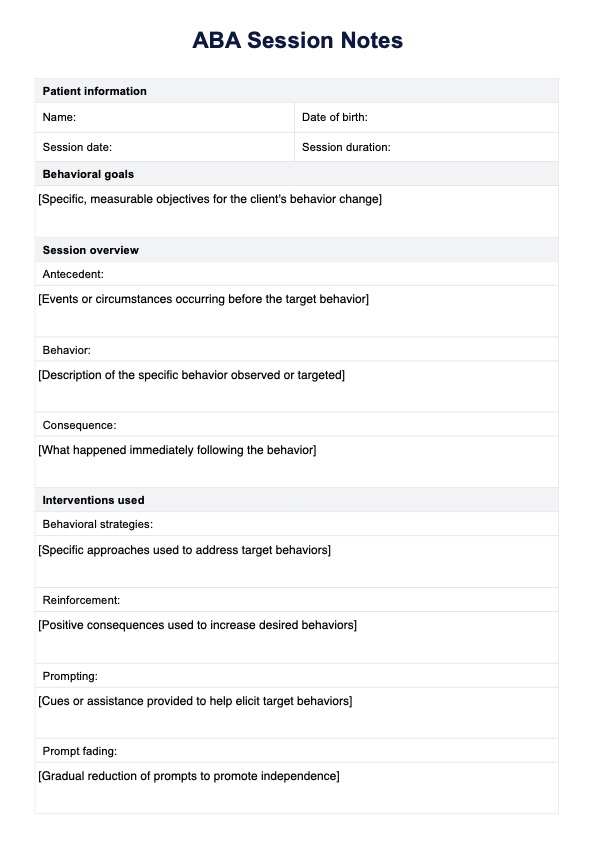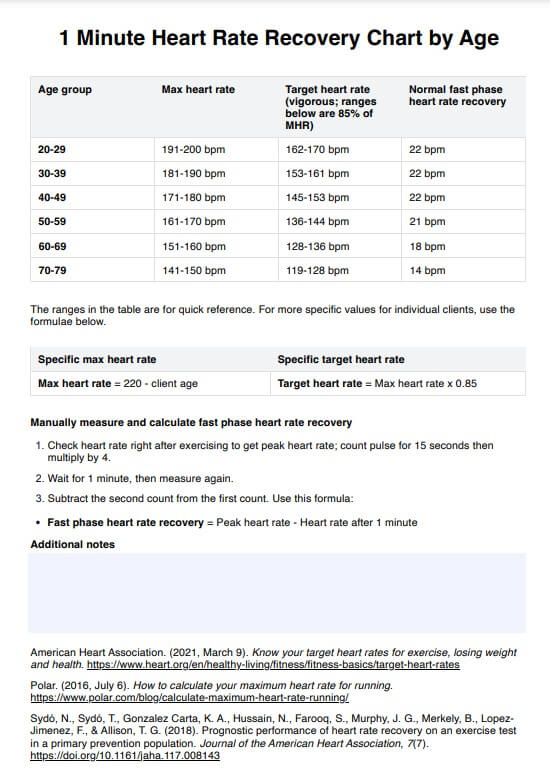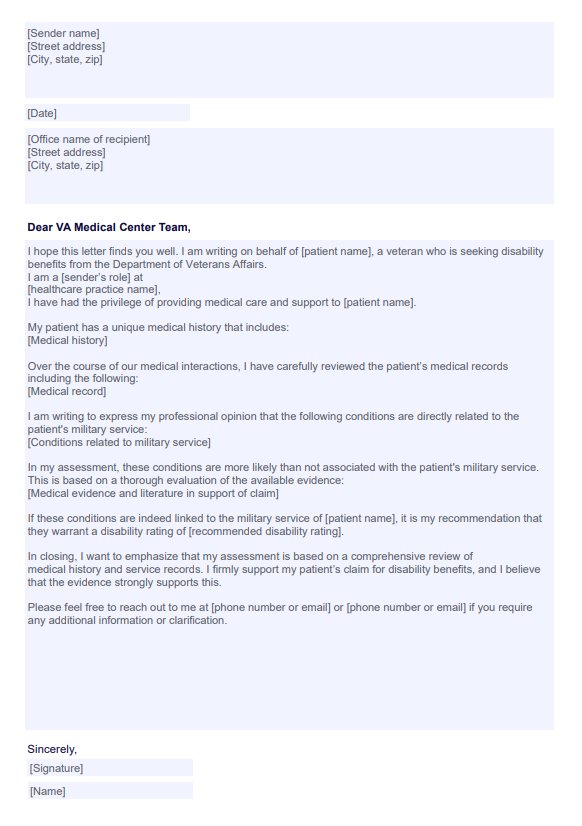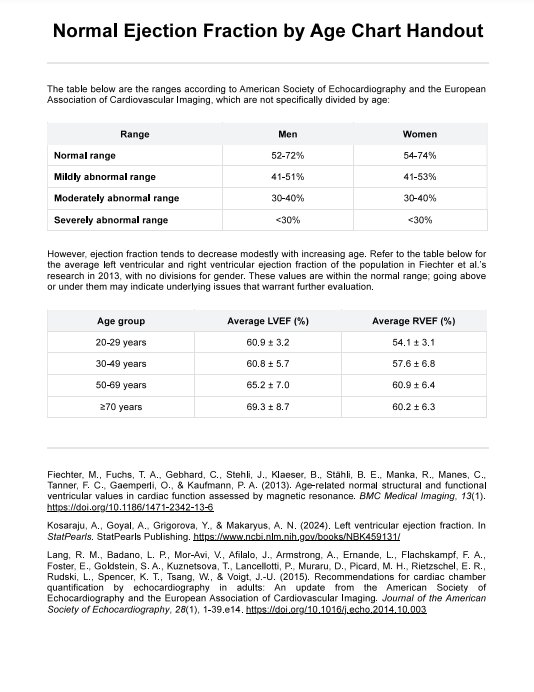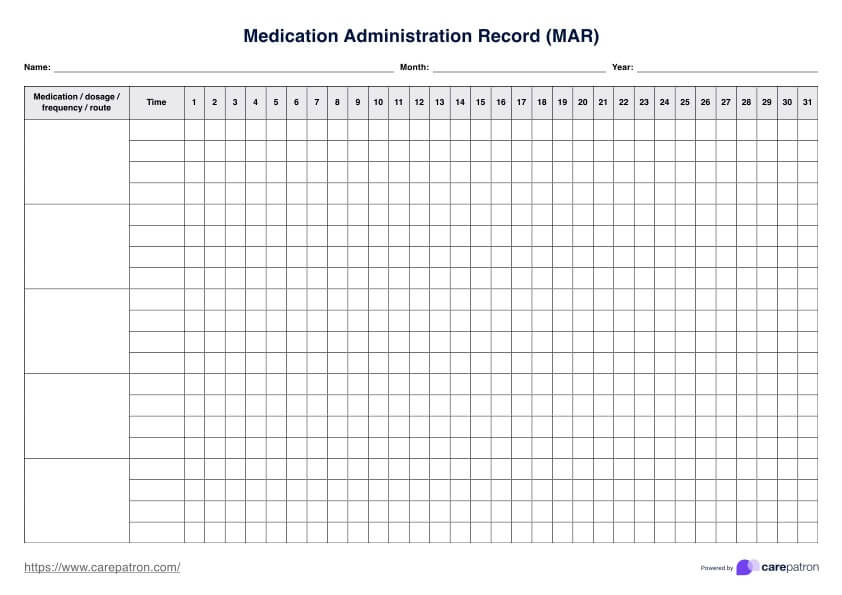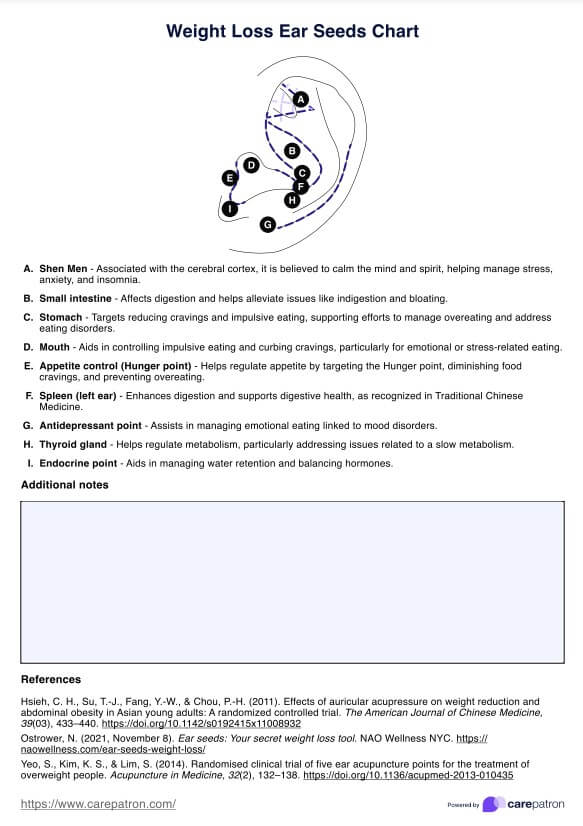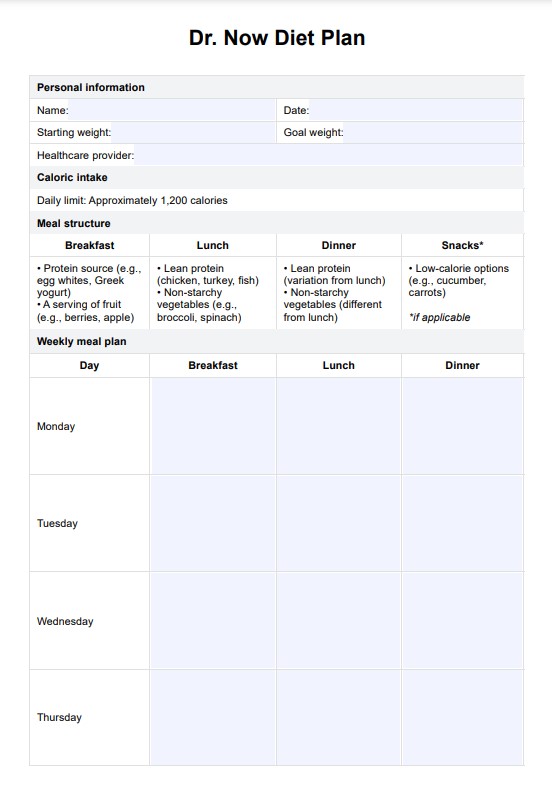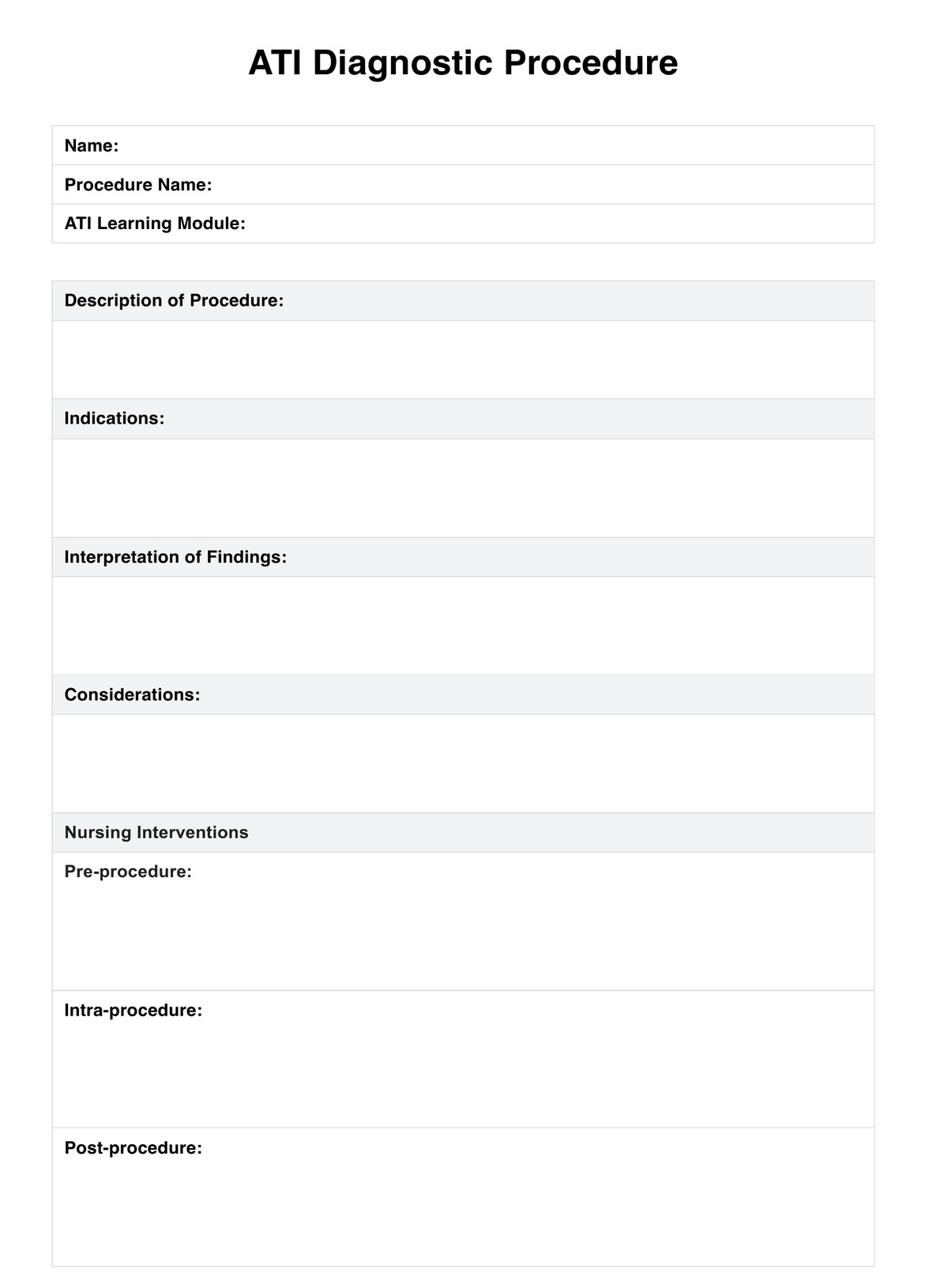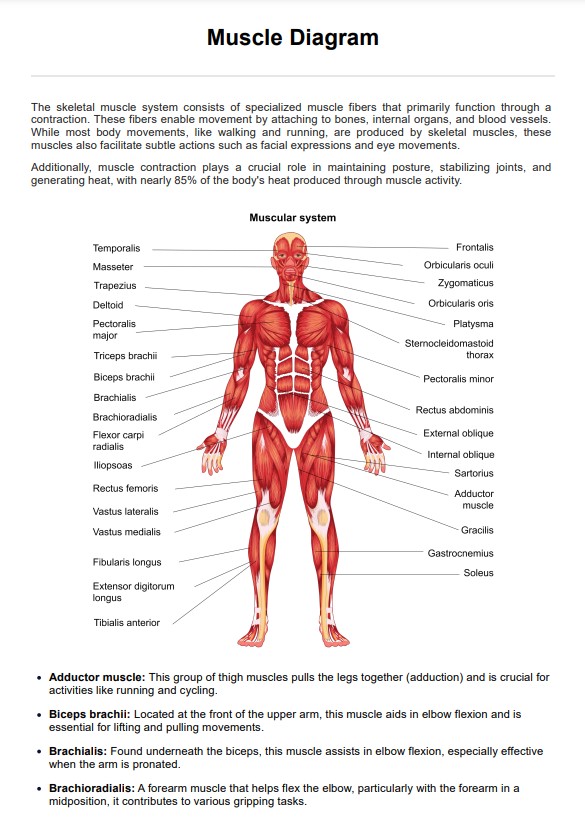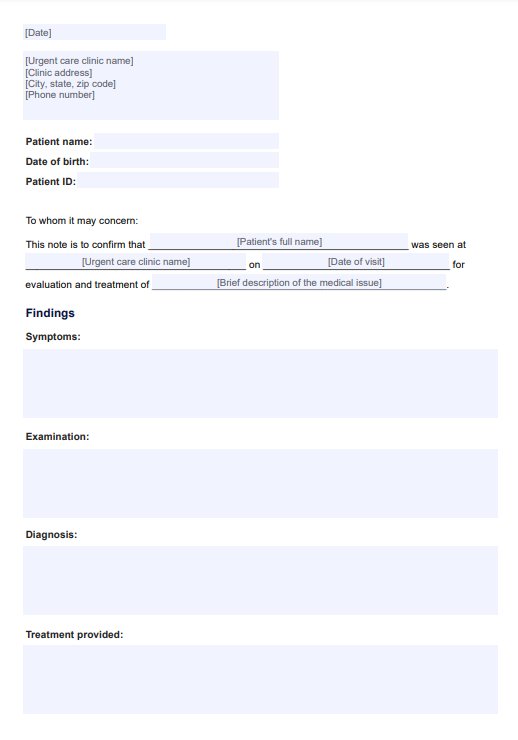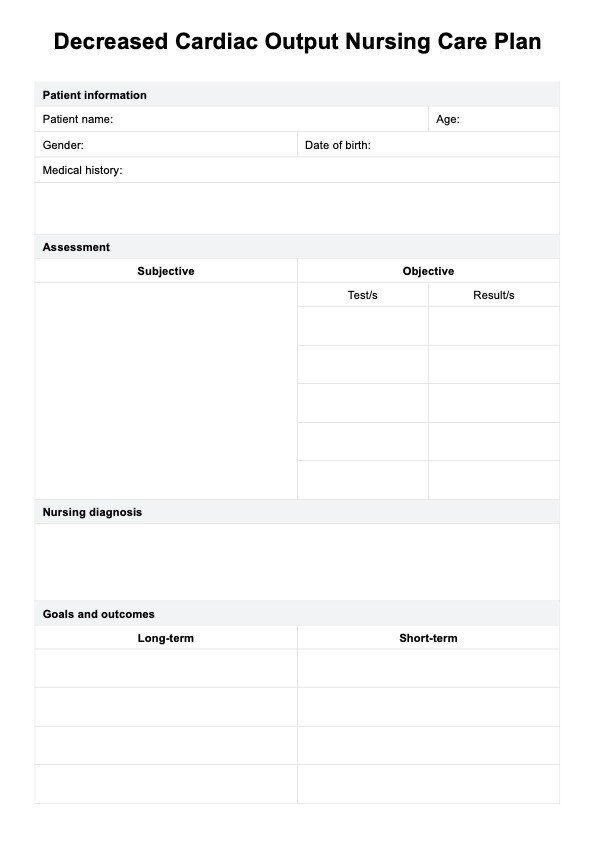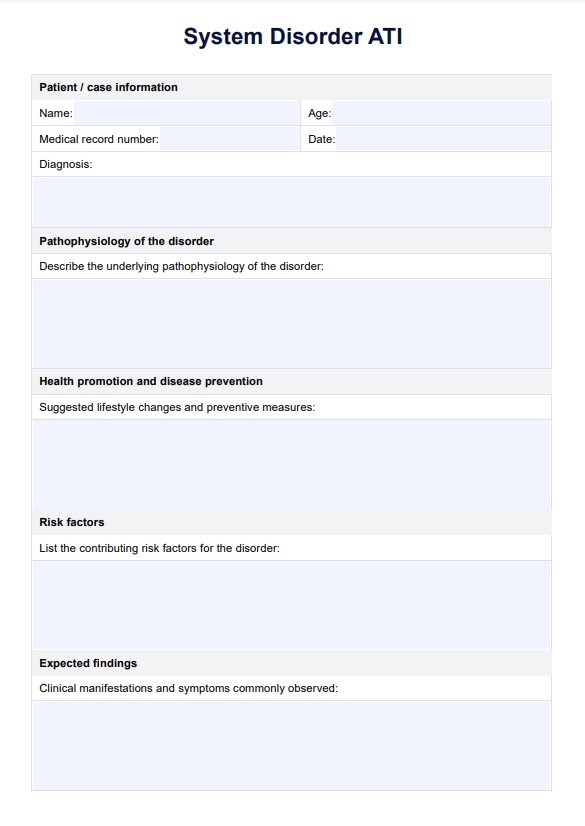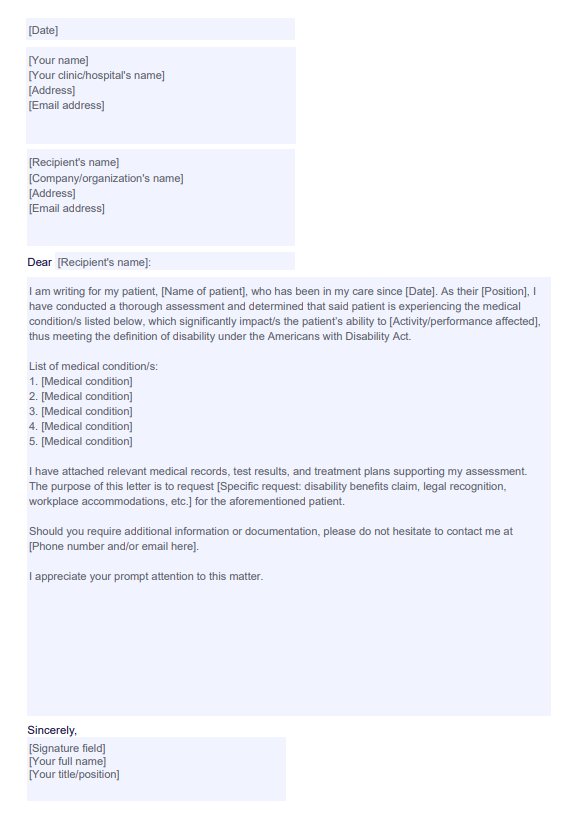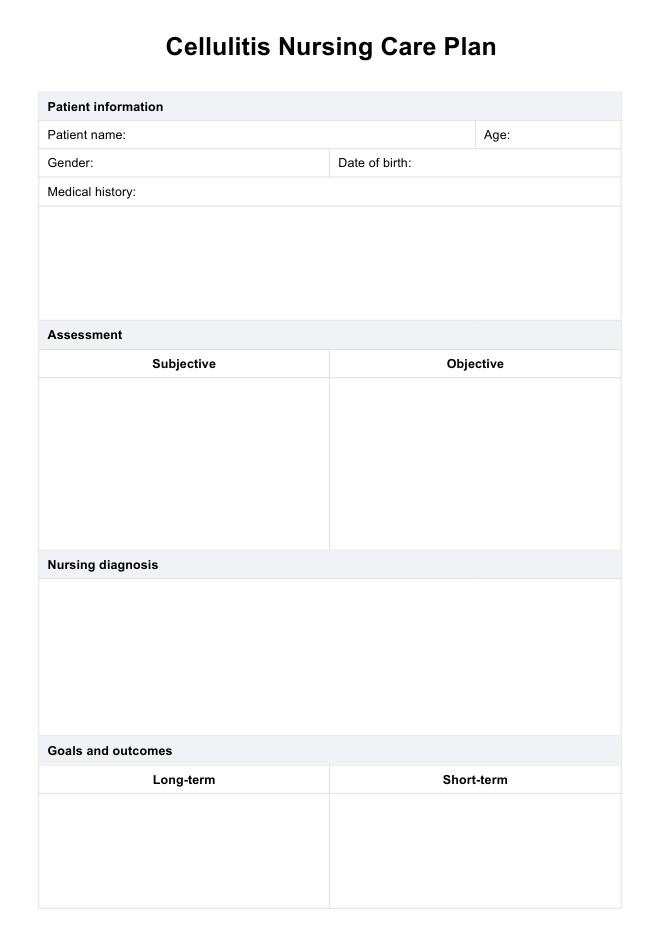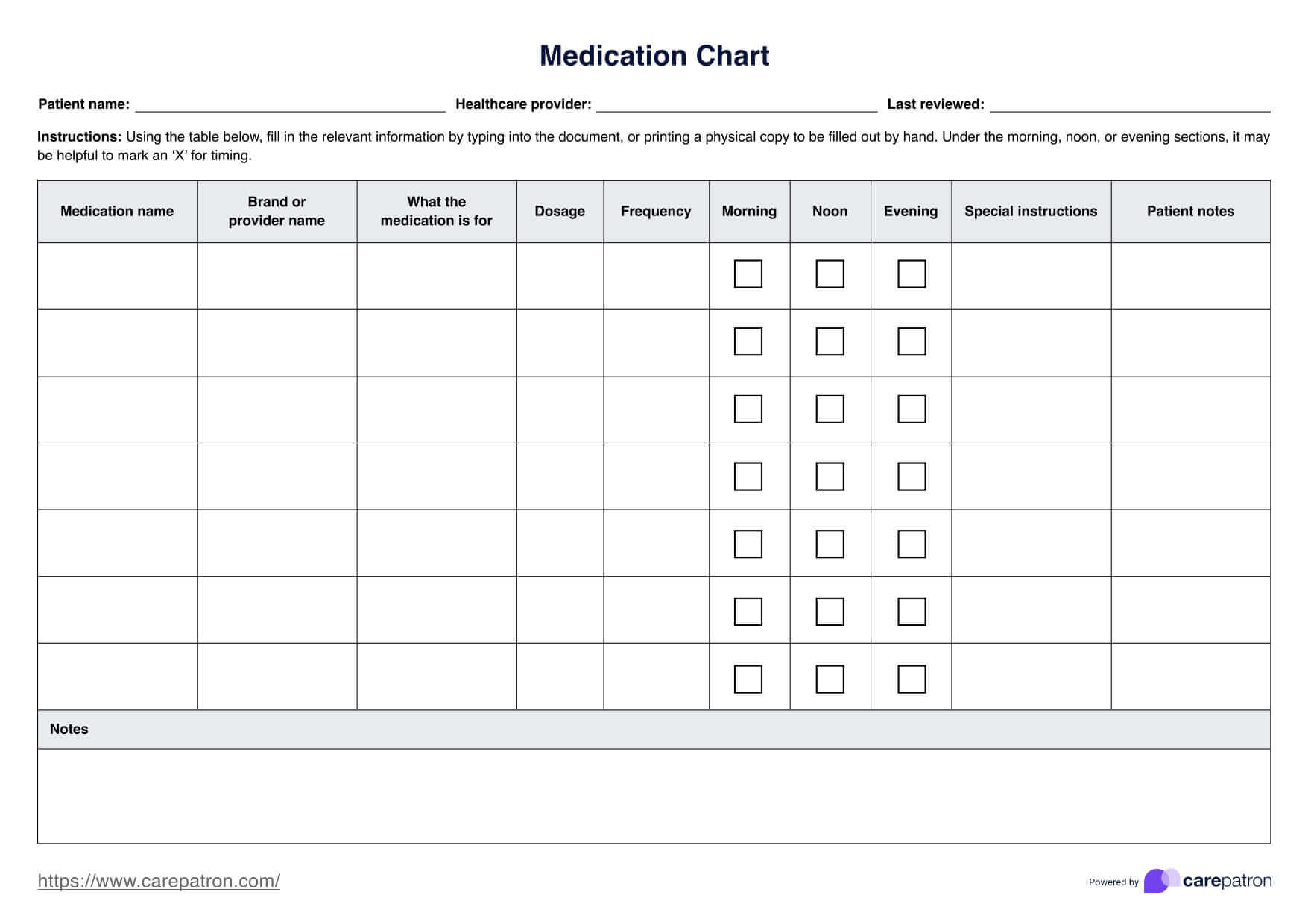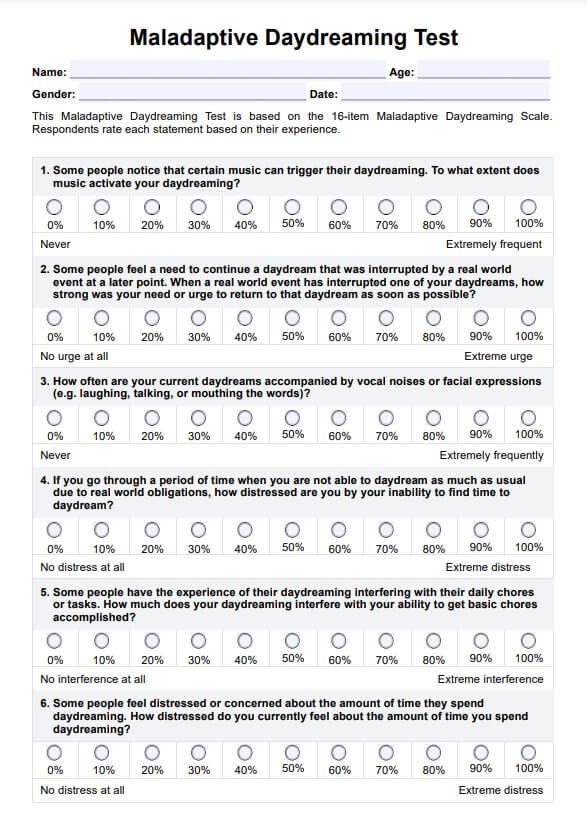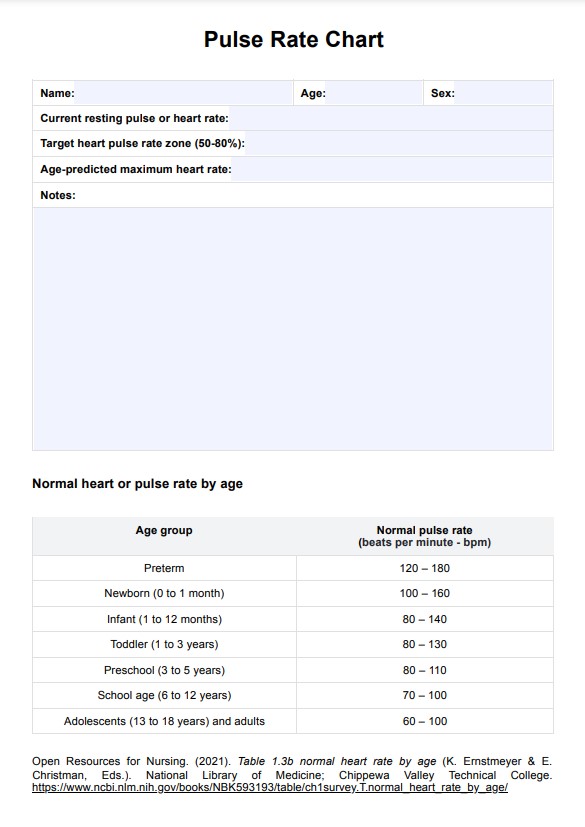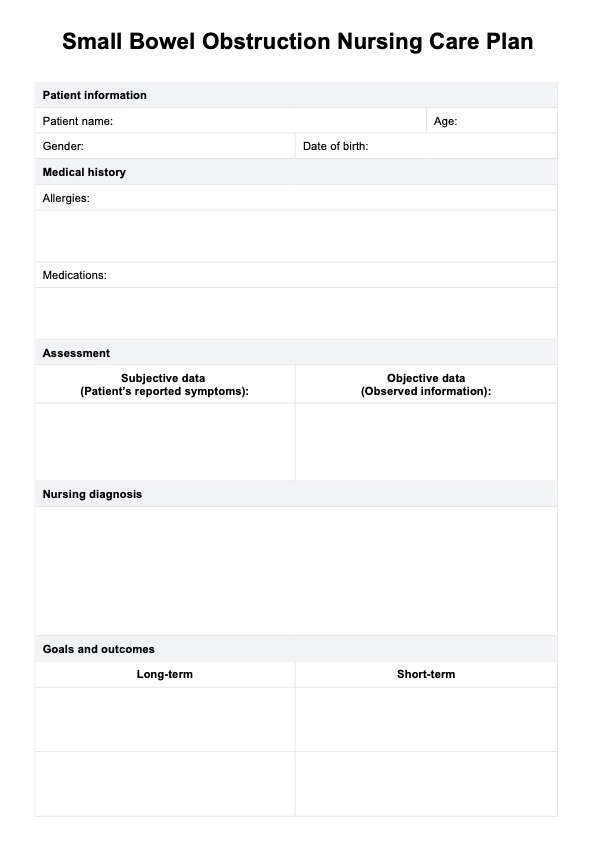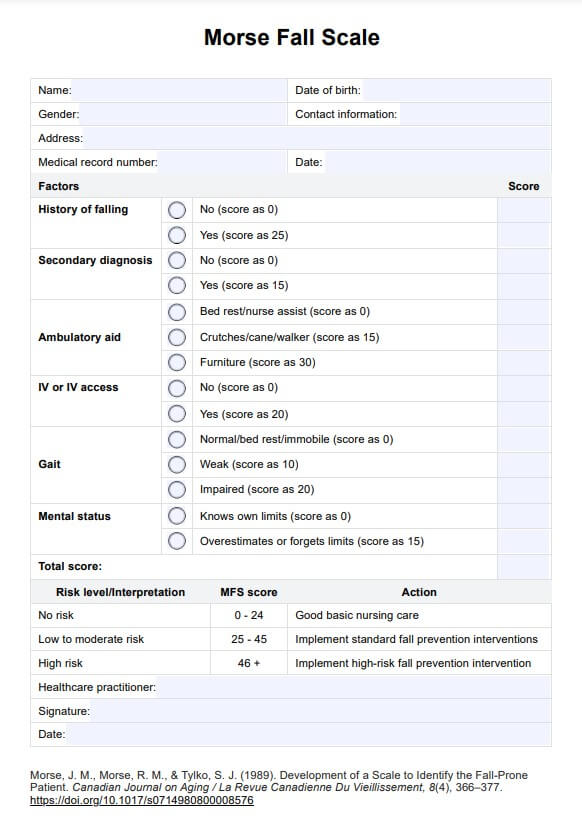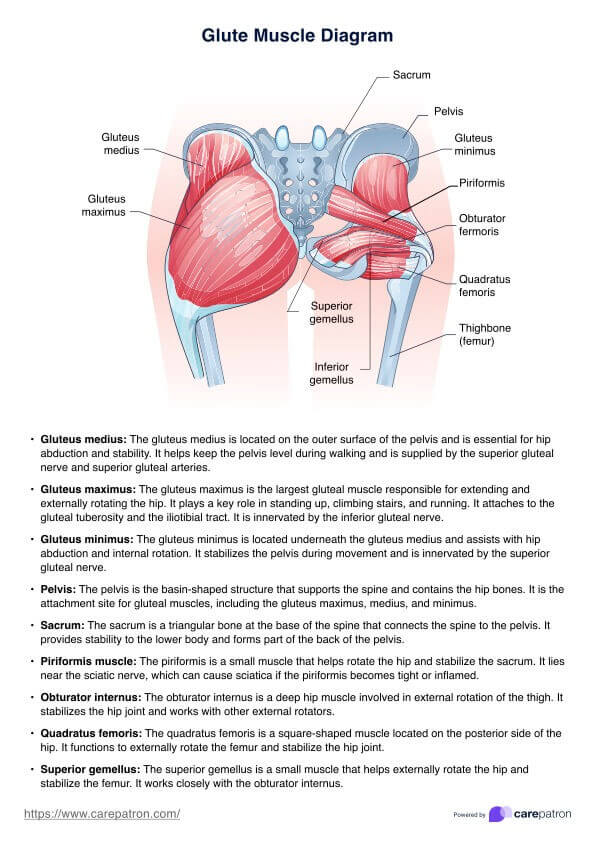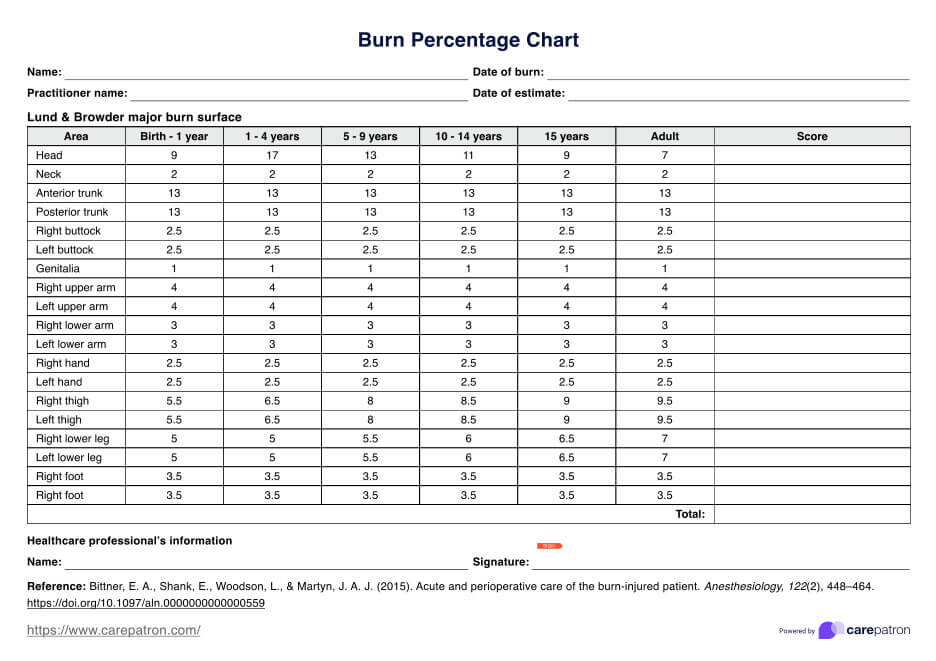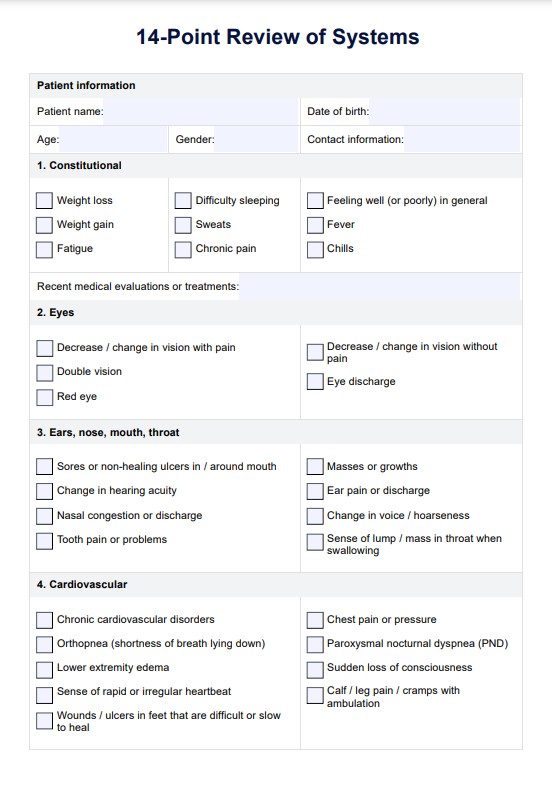

What is the Warwick–Edinburgh Mental Well-being Scale (WEMWBS)?
The Warwick–Edinburgh Mental Well-being Scale (WEMWBS) is a psychometrically robust tool designed to measure mental well-being by assessing positive thoughts and feelings. Developed to promote mental health research and practice, WEMWBS evaluates aspects of mental well-being.
This 14-item scale asks individuals to rate their experiences over the past two weeks using positively worded items relating to optimism, confidence, and social connections. Responses are scored on a 5-point Likert scale, with a total score ranging from 14 to 70. Higher scores indicate greater levels of mental well-being. WEMWBS has been validated through confirmatory factor analysis and psychometric assessment with an existing scale and tested across student and population samples. This ensures its relevance for monitoring mental well-being in different contexts (Stewart-Brown & Janmohamed, 2008).
The scale is widely used in public mental well-being initiatives, clinical sciences, and health promotion programs. Its ability to monitor mental well-being at a population level has made it a valuable tool in community health, public mental health research, and life satisfaction studies. Unlike other scales measuring mental health, WEMWBS focuses exclusively on positive mental health, making it instrumental in strengthening mental health promotion efforts.
Healthcare practitioners can use WEMWBS to evaluate the effectiveness of interventions, track mental health outcomes, and tailor support strategies for individuals or groups. Its reliability, sensitivity to change, and compatibility with existing scales such as the General Health Questionnaire make it ideal for use in clinical and research settings. WEMWBS provides meaningful insights to help practitioners improve patients' mental well-being.
WEMWBS Template
WEMWBS Example
How to use our WEMWBS template
Follow these steps to know how you can apply the WEMWBS in your clinical practice.
Step 1: Download the template
Access and download the free WEMWBS template from this guide. You can either click on "Use template" to open and edit the template within the Carepatron platform or click "Download" for a fillable PDF.
Step 2: Explain the scale
Introduce the WEMWBS to the participant, emphasizing its focus on assessing mental well-being over the past two weeks.
Step 3: Complete the assessment
Guide the participant in reading and responding to the 14 statements, selecting the response that best reflects their experiences.
Step 4: Analyze the results
Calculate the total score by adding up the responses. Review the completed assessment to gain insights into the participant's mental well-being and identify areas requiring further focus or intervention.
This process ensures the WEMWBS is used effectively to support mental health evaluation and promotion.
How is the WEMWBS scored?
To score the WEMWBS, add the scores for all 14 statements. Each statement is rated on a scale from 1 (none of the time) to 5 (all of the time). The total score will range from 14 (the lowest possible) to 70 (the highest possible).
Aside from being used in personal analysis, scores as a group are gathered to determine the average and the norms to compare personal scores to their demographic.
Higher scores suggest better mental well-being and positive functioning, while lower scores may indicate challenges in mental well-being, signaling the need for further assessment or potential intervention. Practitioners can use the total score to monitor changes over time, evaluate the outcomes of interventions, and identify areas of focus for therapeutic support.
Next steps after using WEMWBS
After conducting the WEMWBS, you can move forward with the following steps.
Review and interpret the scores
After collecting responses using the WEMWBS, it’s essential to review the scores for each individual. Use the total score to assess the overall mental well-being, considering both the hedonic and eudaimonic aspects of mental health. This analysis will guide you in identifying potential issues and strengths within the individual’s mental state.
Plan for further assessment
If the WEMWBS score suggests challenges in mental well-being, it’s vital to plan for further assessments. This could involve using additional scales or conducting qualitative research to explore specific areas such as negative affect or life satisfaction. Follow-up assessments can track progress and fine-tune interventions based on changing needs and other mental health issues occurring in conjunction.
Implement targeted interventions
The results can be used to develop targeted interventions that promote mental well-being. For individuals with low scores, consider mental health promotion initiatives that address emotional well-being, social connections, and positive functioning. Use these insights to guide evidence-based therapeutic strategies that can improve mental health outcomes.
Monitor progress and adjust approaches
Regularly track progress using follow-up WEMWBS assessments to monitor improvements or setbacks. Use the test-retest reliability of the scale to evaluate the effectiveness of interventions and refine your approach based on observed changes in mental well-being over time.
Benefits of using the WEMWBS
Using the WEMWBS in practice can also offer the following benefits:
Psychometric robustness
The WEMWBS has undergone thorough psychometric testing, demonstrating strong internal consistency and test-retest reliability, ensuring accurate and reliable measurements of mental well-being based on scale scores. Confirmatory factor analysis supported this scale in comparison to other comparable scales.
Applicable across populations
The scale has been validated across various population groups, from student samples to broader community health surveys, making it versatile for use in different settings and diverse individuals.
Supports mental health promotion
WEMWBS is an effective tool for promoting mental health initiatives. It helps practitioners monitor and improve mental well-being, track progress over time, and evaluate the effectiveness of therapeutic interventions.
Positive mental health focus
The scale measures positive mental health by focusing on both hedonic and eudaimonic aspects of well-being, promoting a holistic approach to improving mental health and enhancing quality of life.
International recognition
With growing international interest, WEMWBS is widely used in research and practice. It supports global efforts to monitor and promote mental well-being and contributes to the development of evidence-based public health strategies.
Ease of use and sensitivity
Its simple structure and sensitivity make it a practical and valuable tool for assessing and monitoring mental well-being across diverse populations, including those at risk for related physical and mental health issues.
Reference
Stewart-Brown, S. & Janmohamed, K. (2008). Warwick-Edinburgh Mental Well-being Scale (WEMWBS) User Guide Version 1. http://www.mentalhealthpromotion.net/resources/user-guide.pdf
자주 묻는 질문
The WEMWBS measures overall mental well-being, focusing on emotional, psychological, and social functioning over the past two weeks.
WEMWBS is an effective tool, supported by psychometric testing, for assessing mental well-being with strong reliability and validity across a diverse population sample.
A higher score on the WEMWBS, closer to 70, indicates better mental well-being, reflecting positive mental health and functioning.


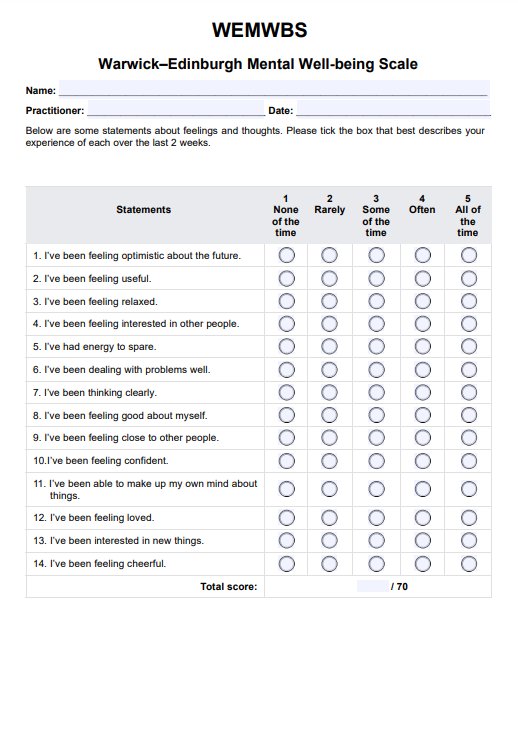
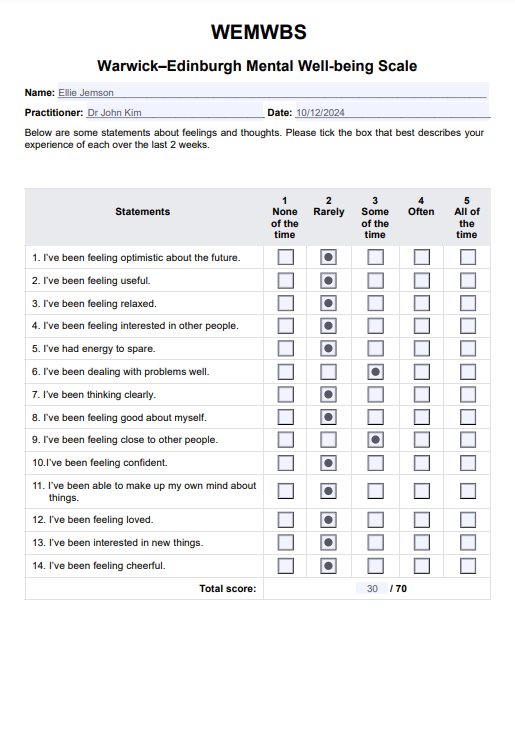

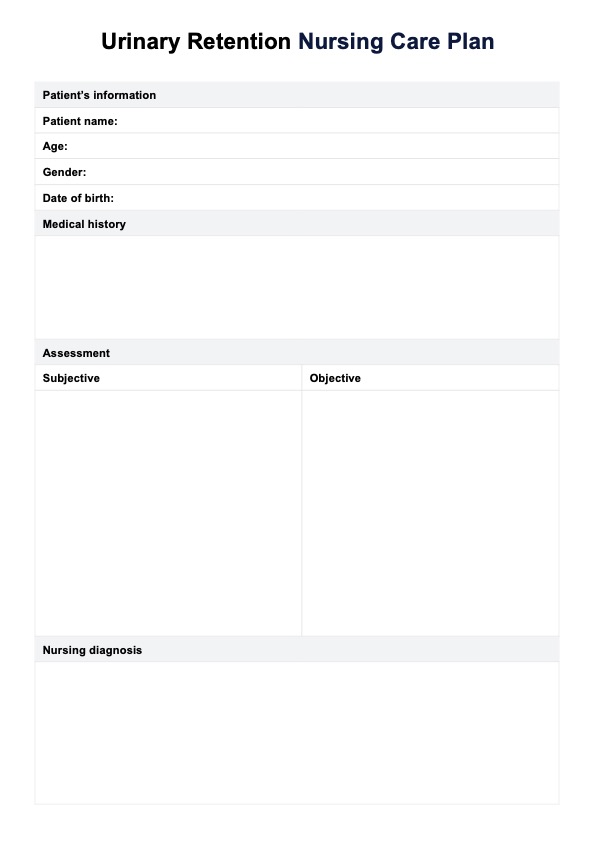
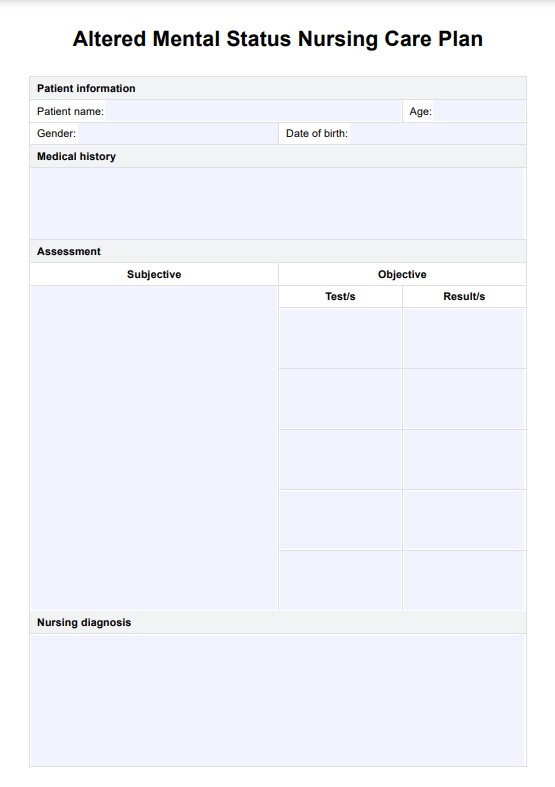
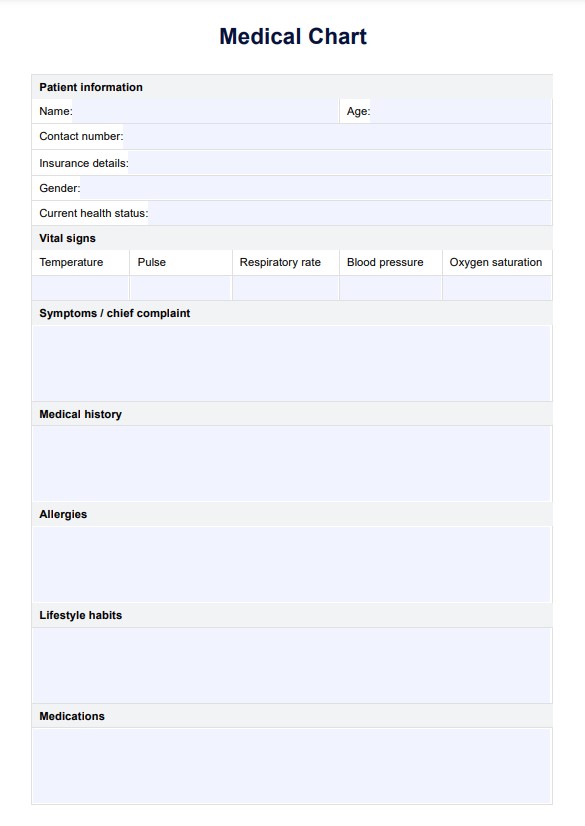
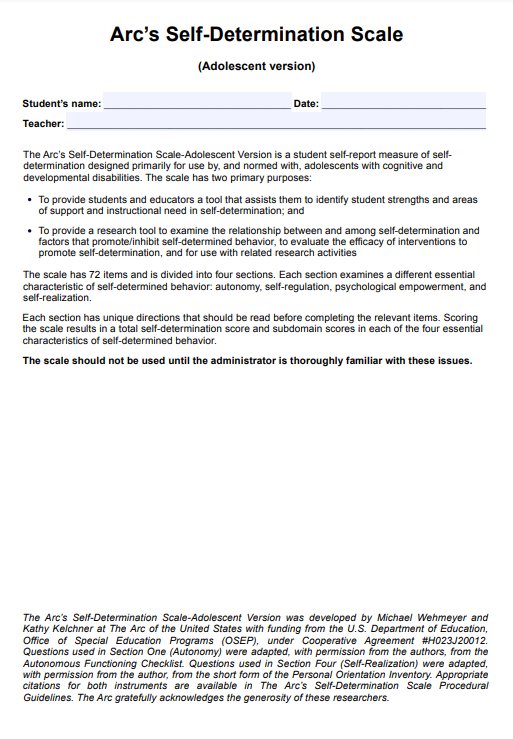
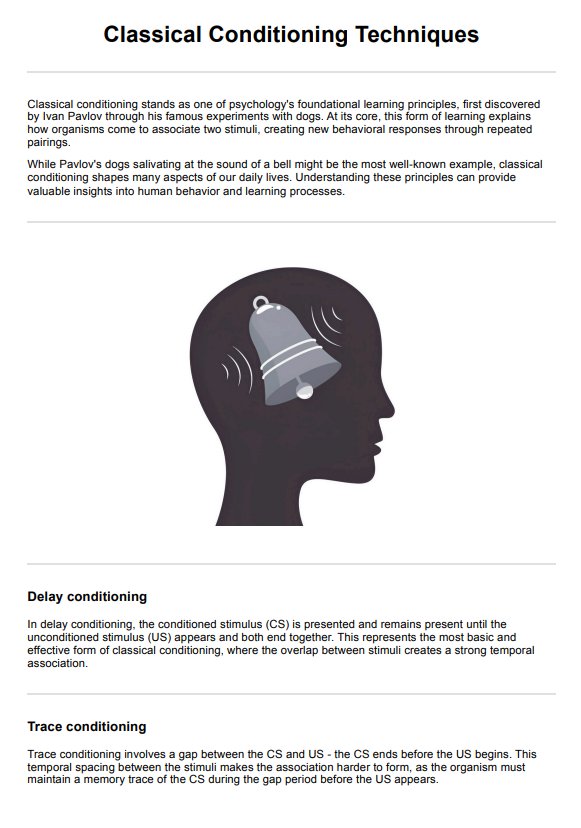
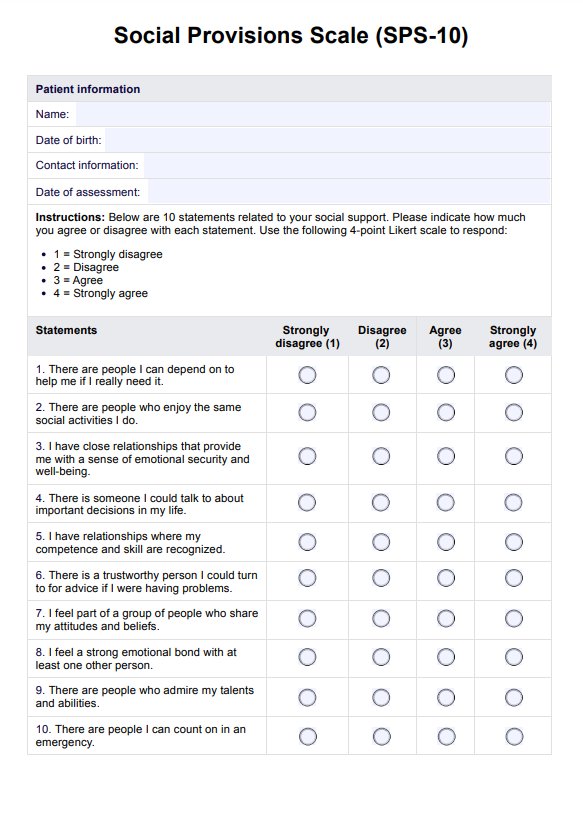

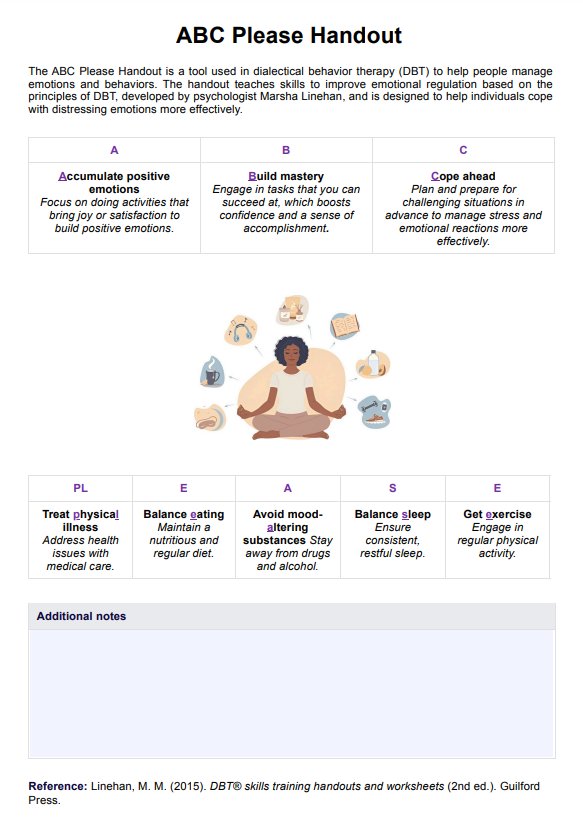
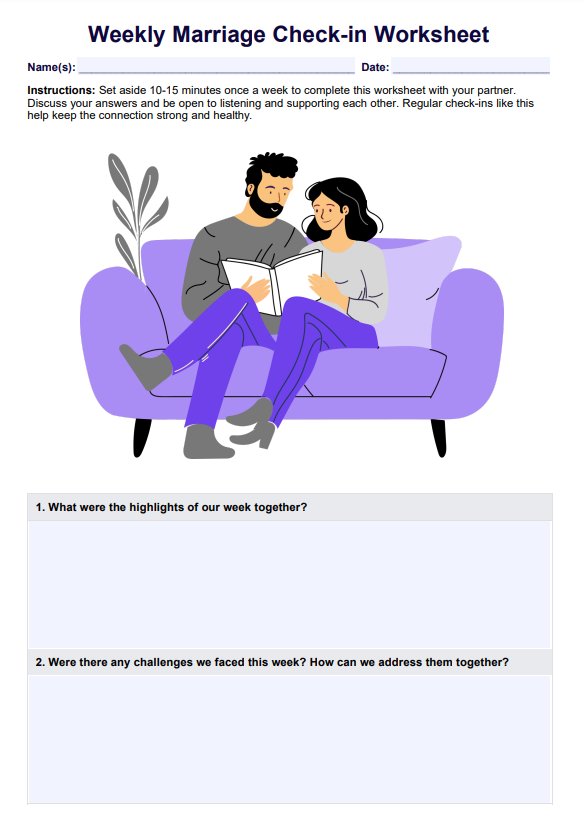
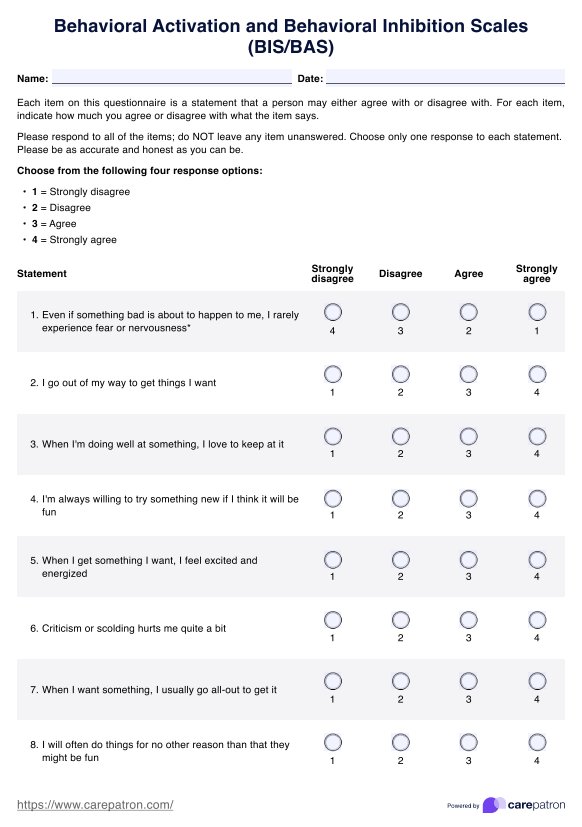
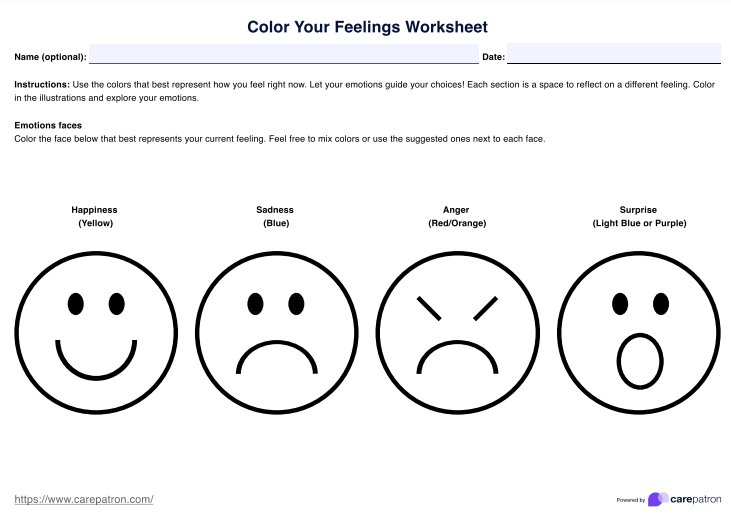
-template.jpg)
